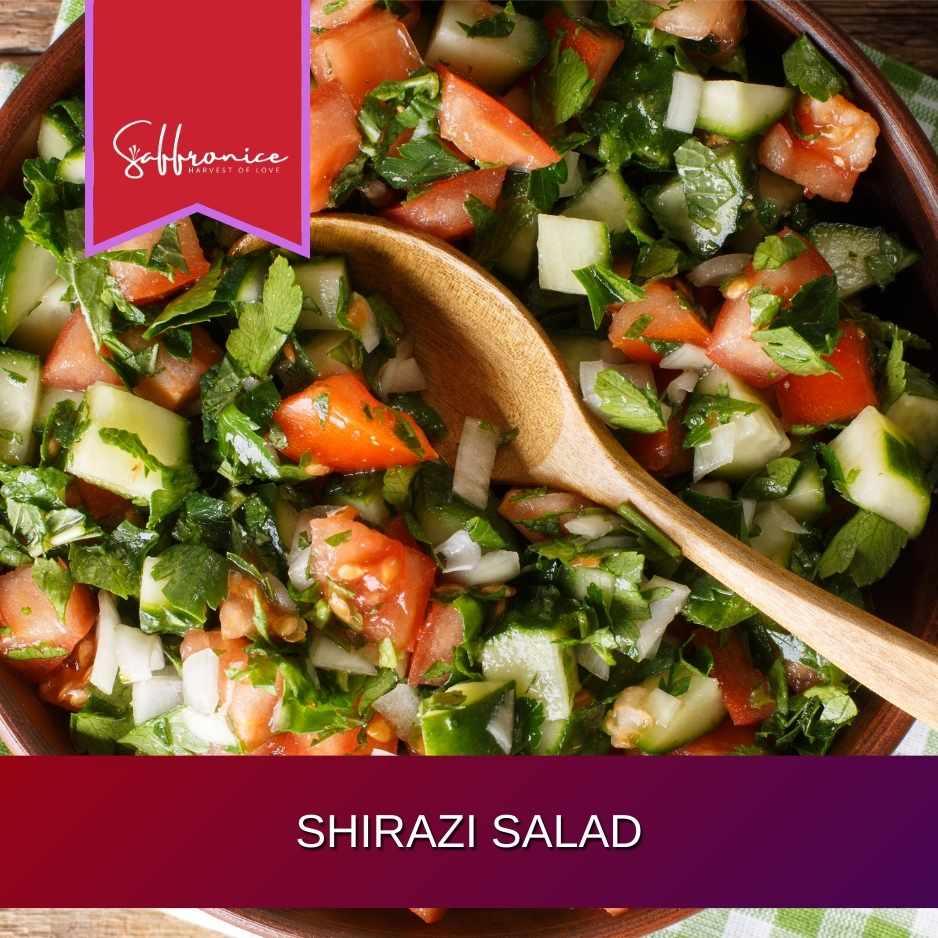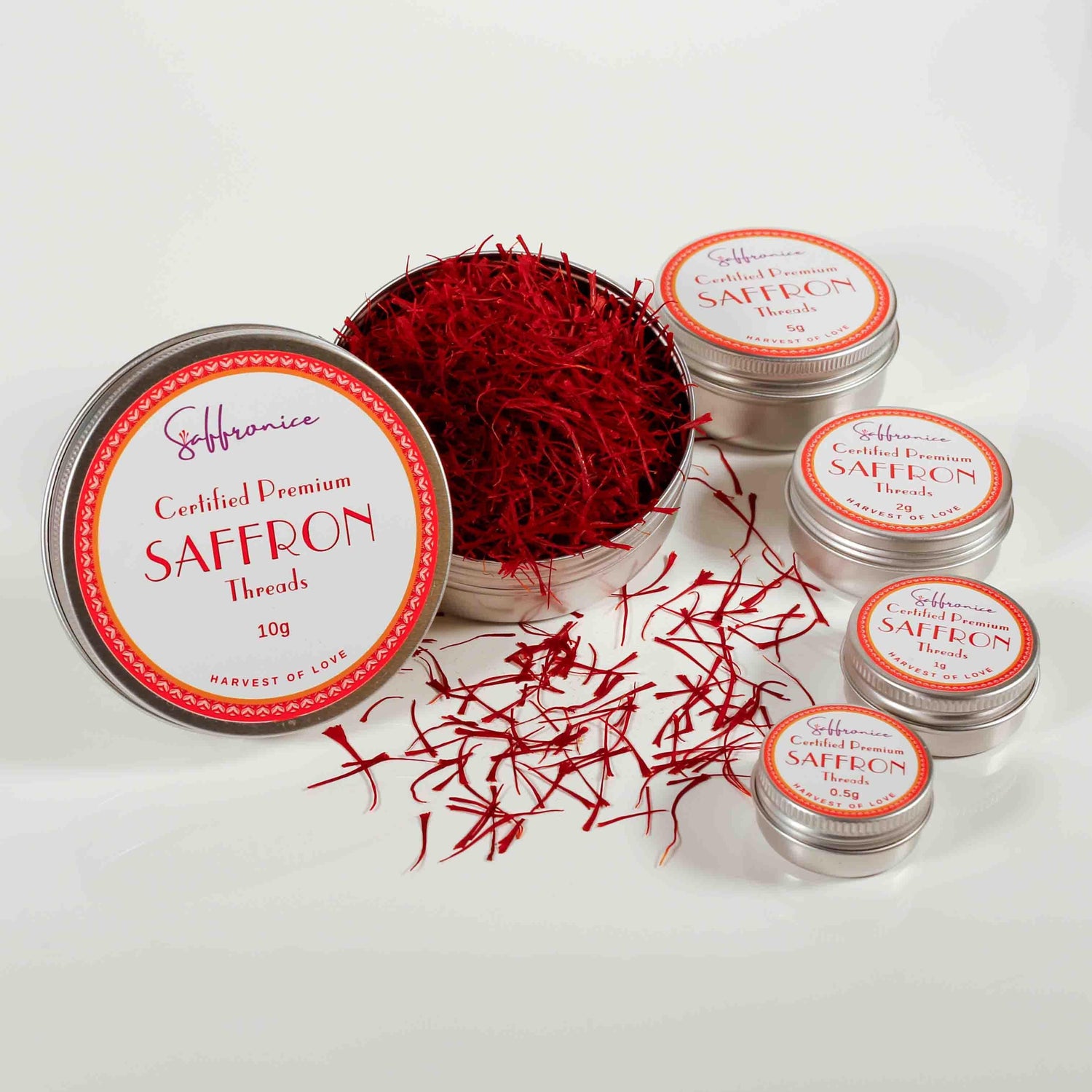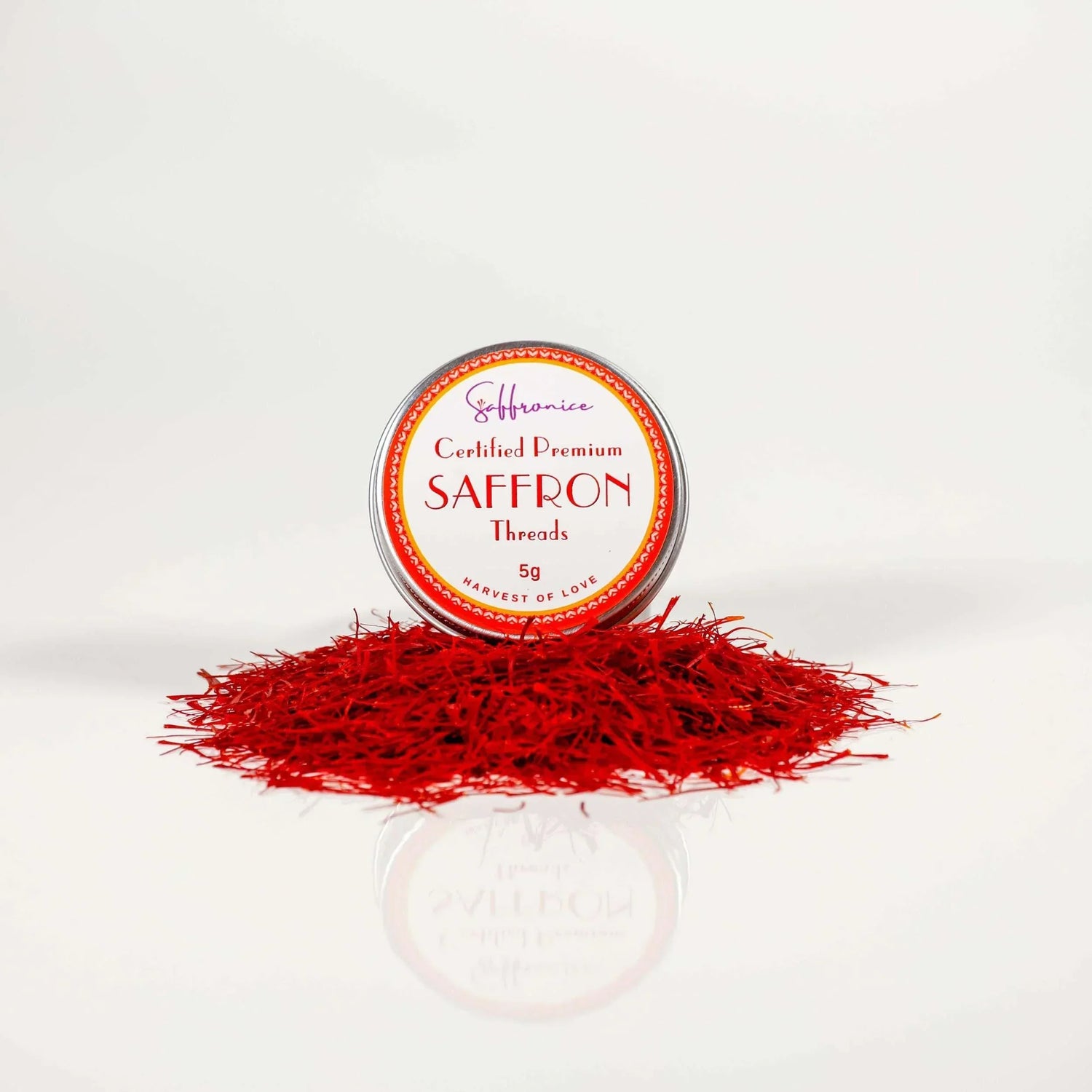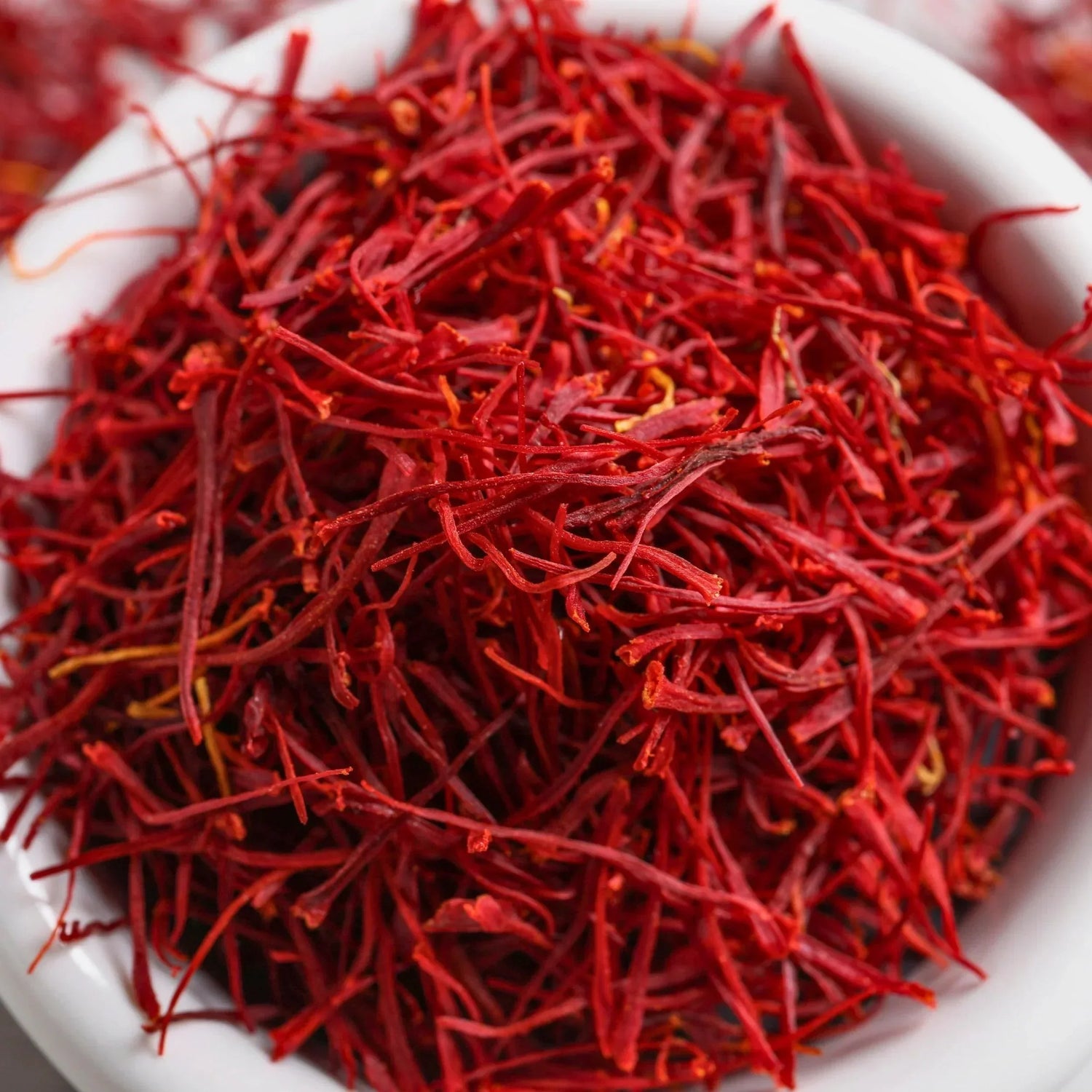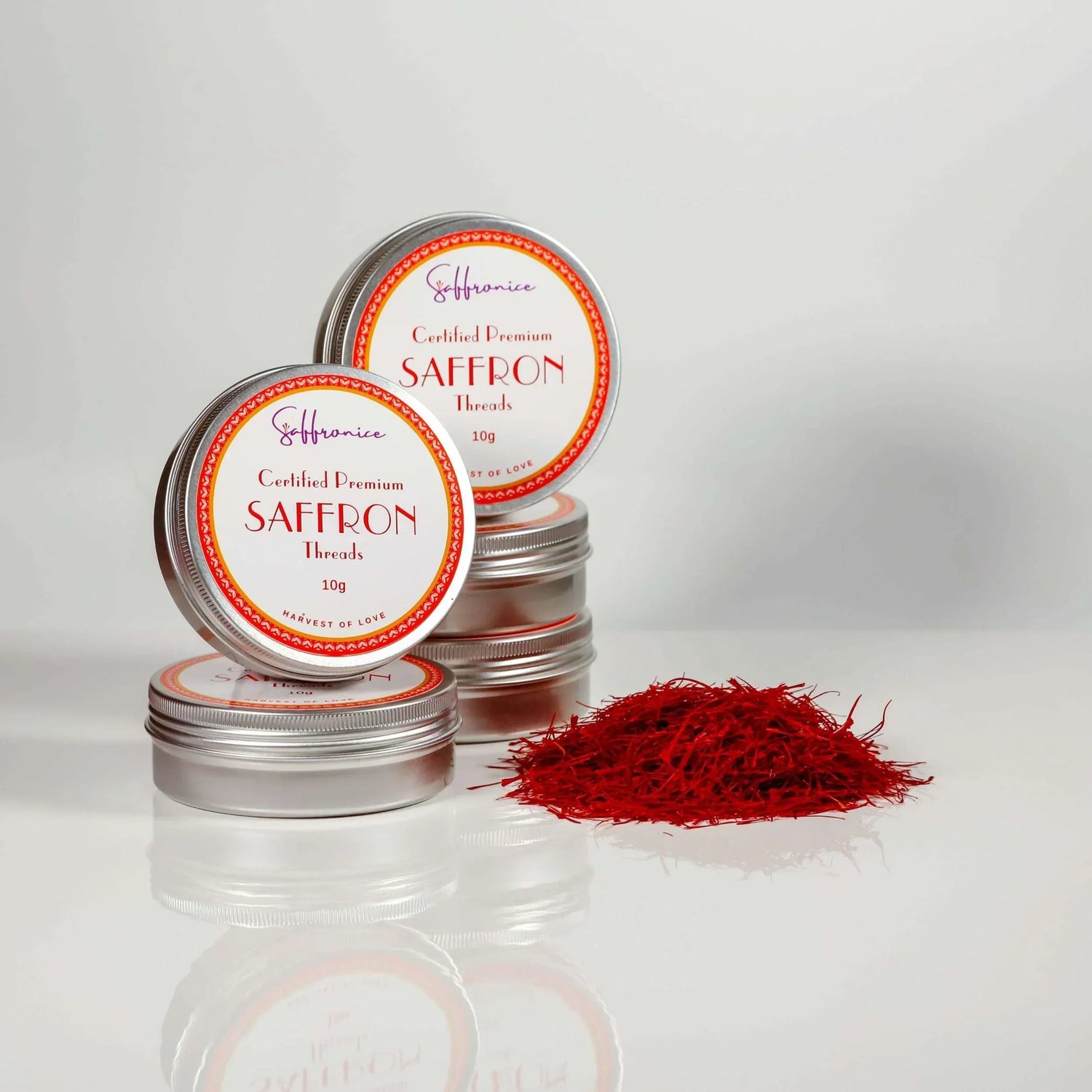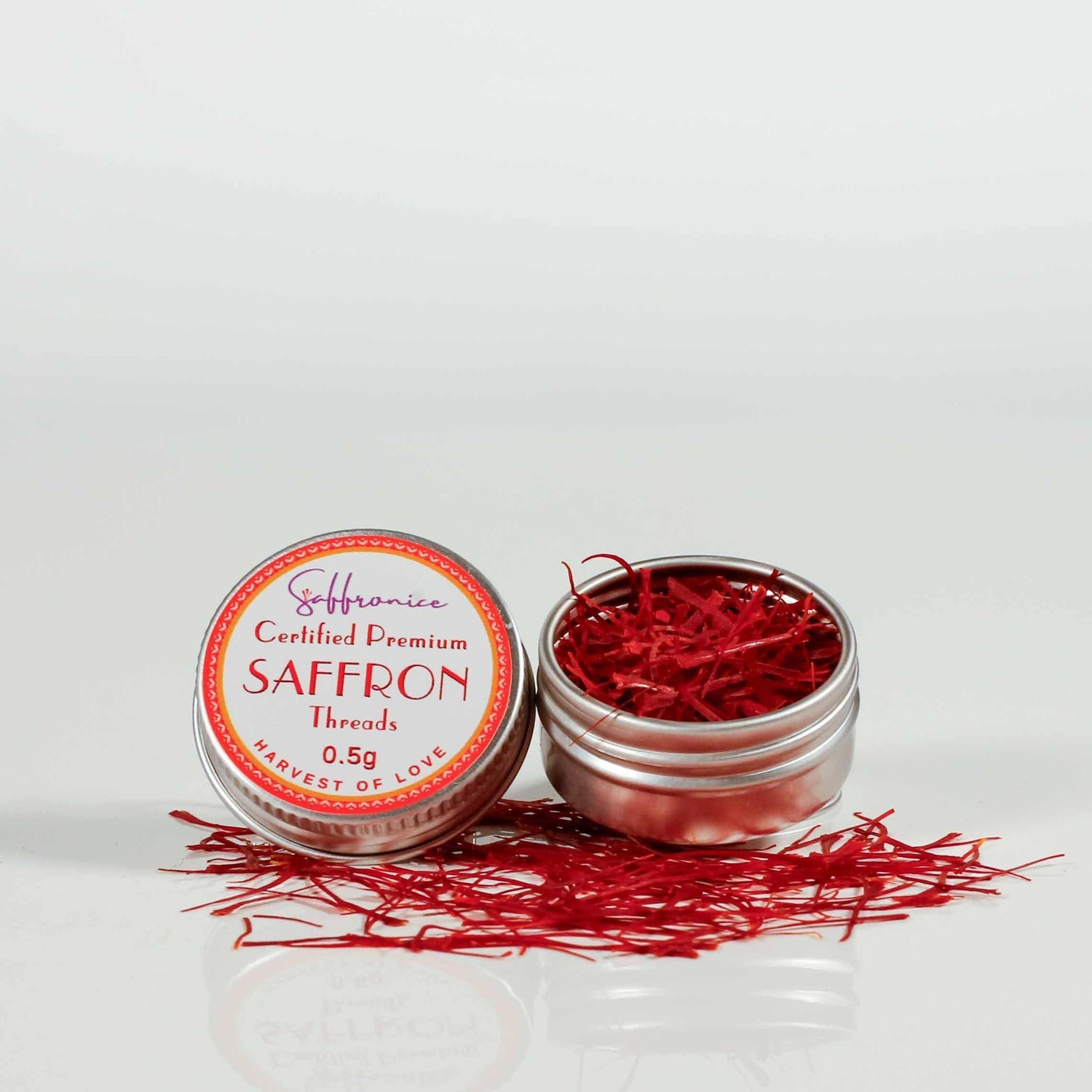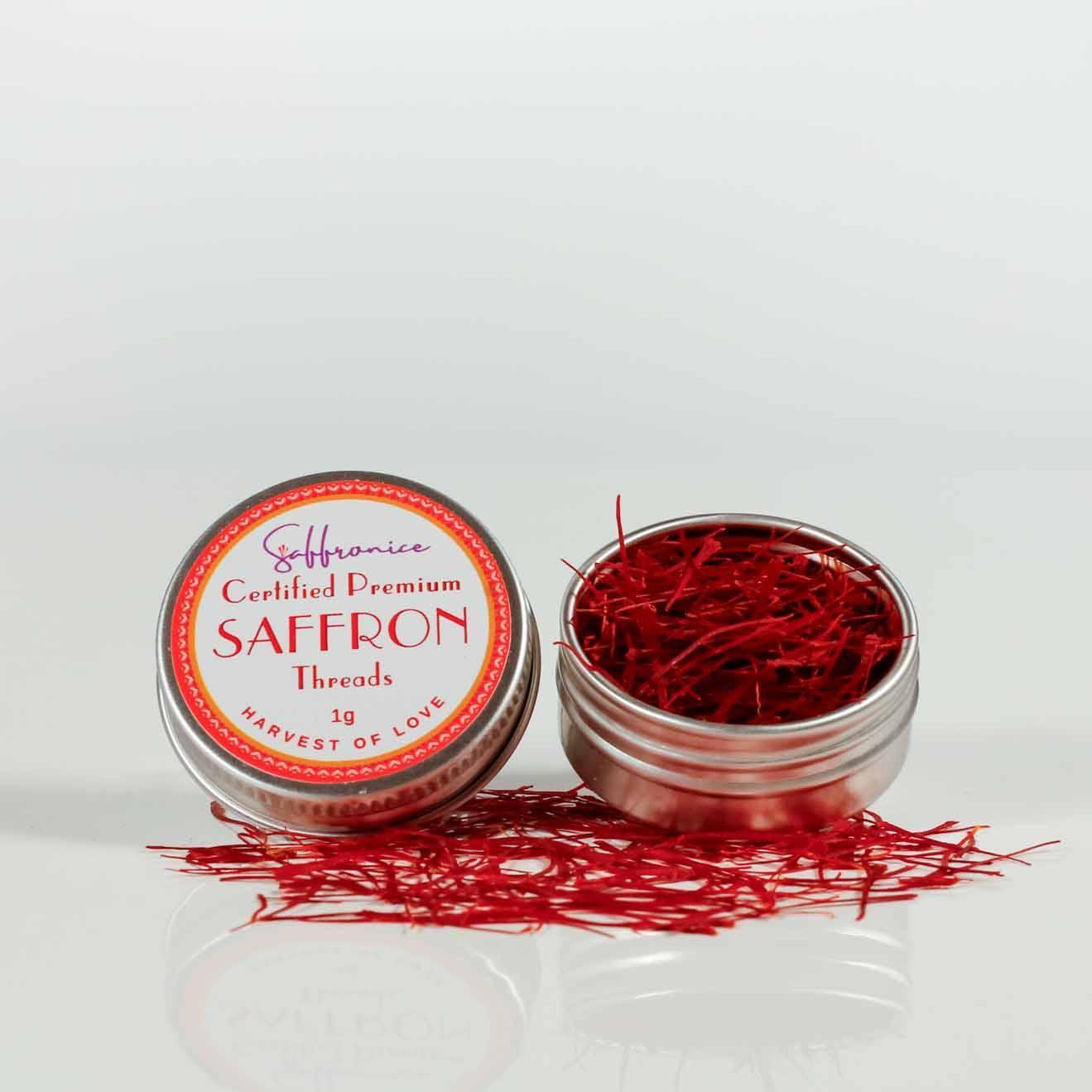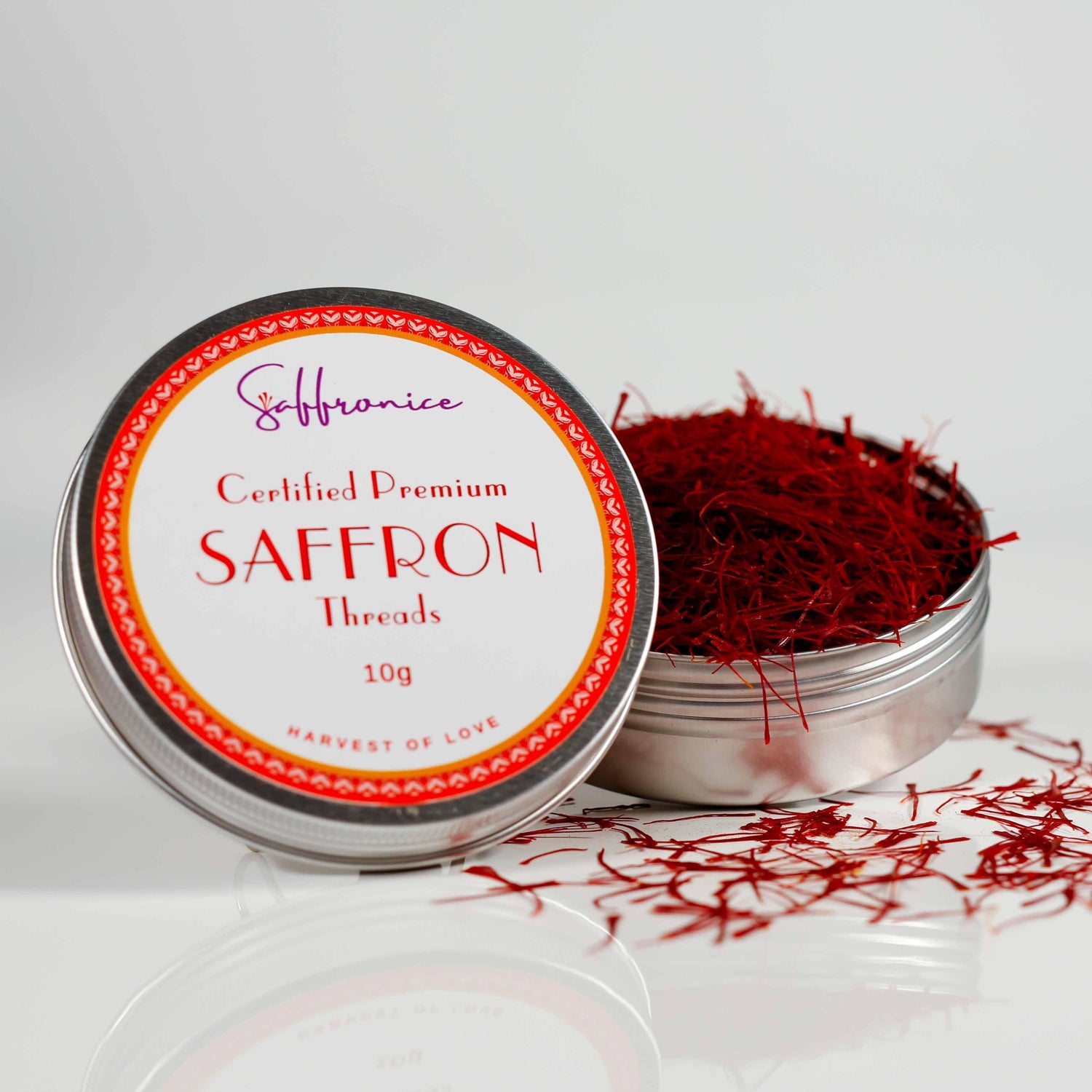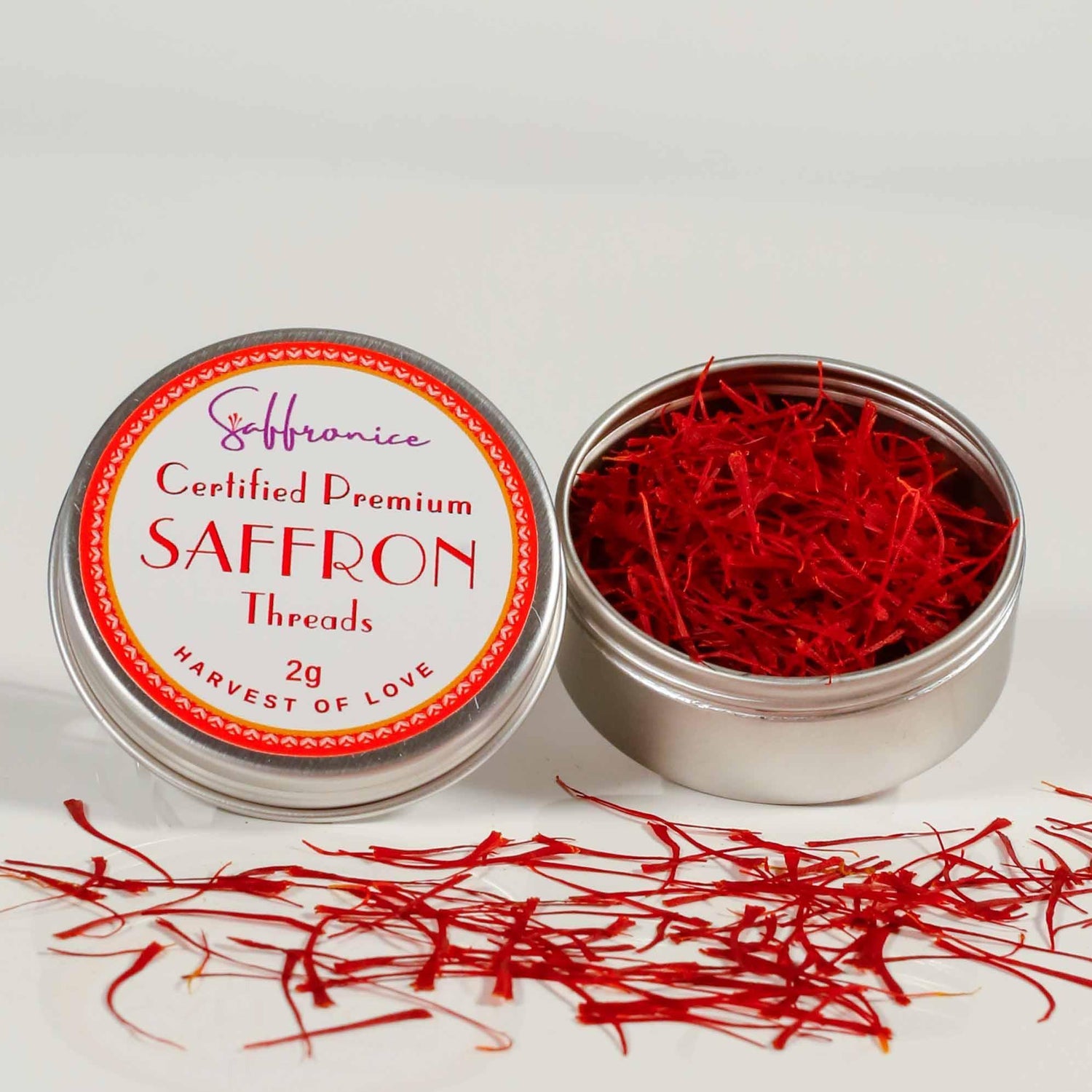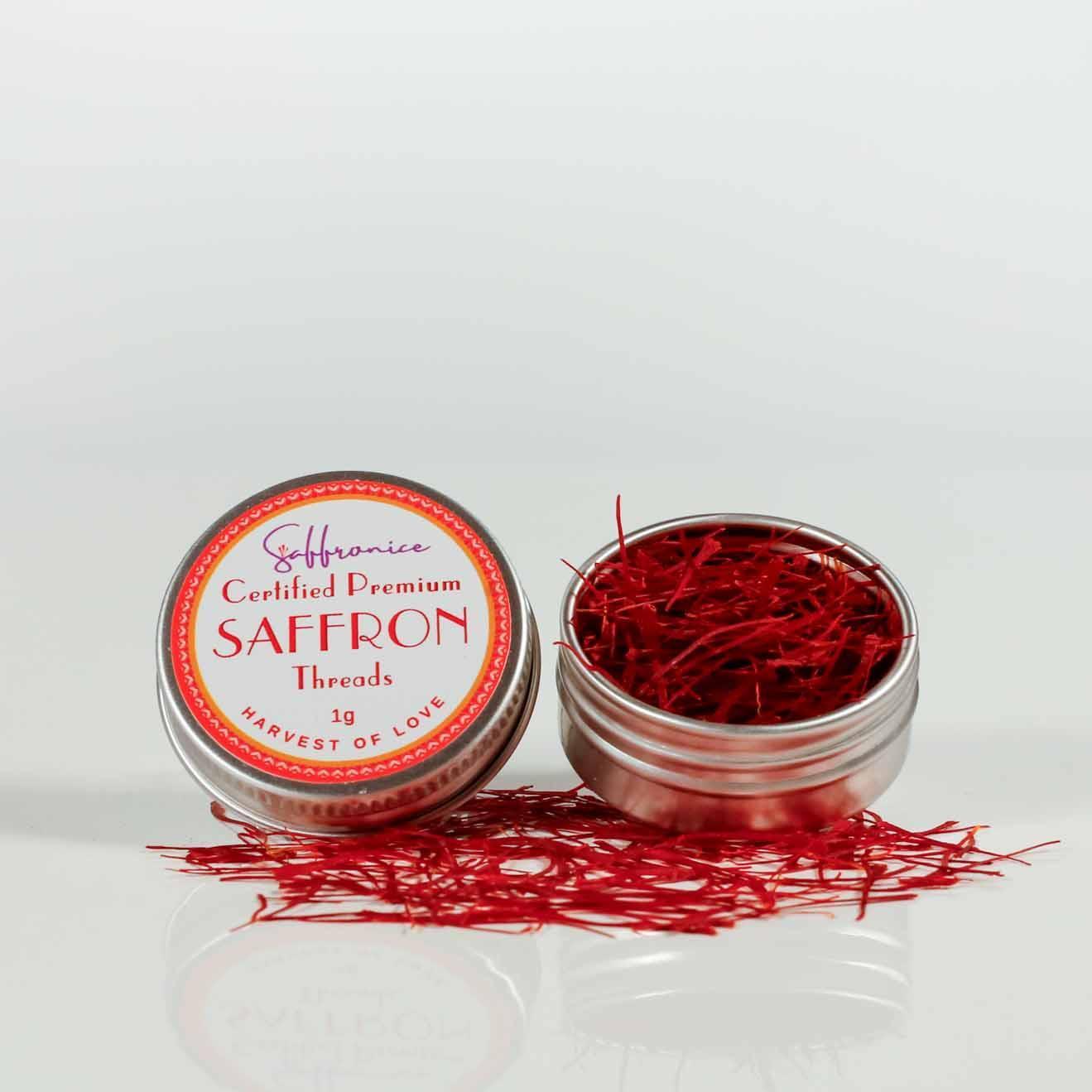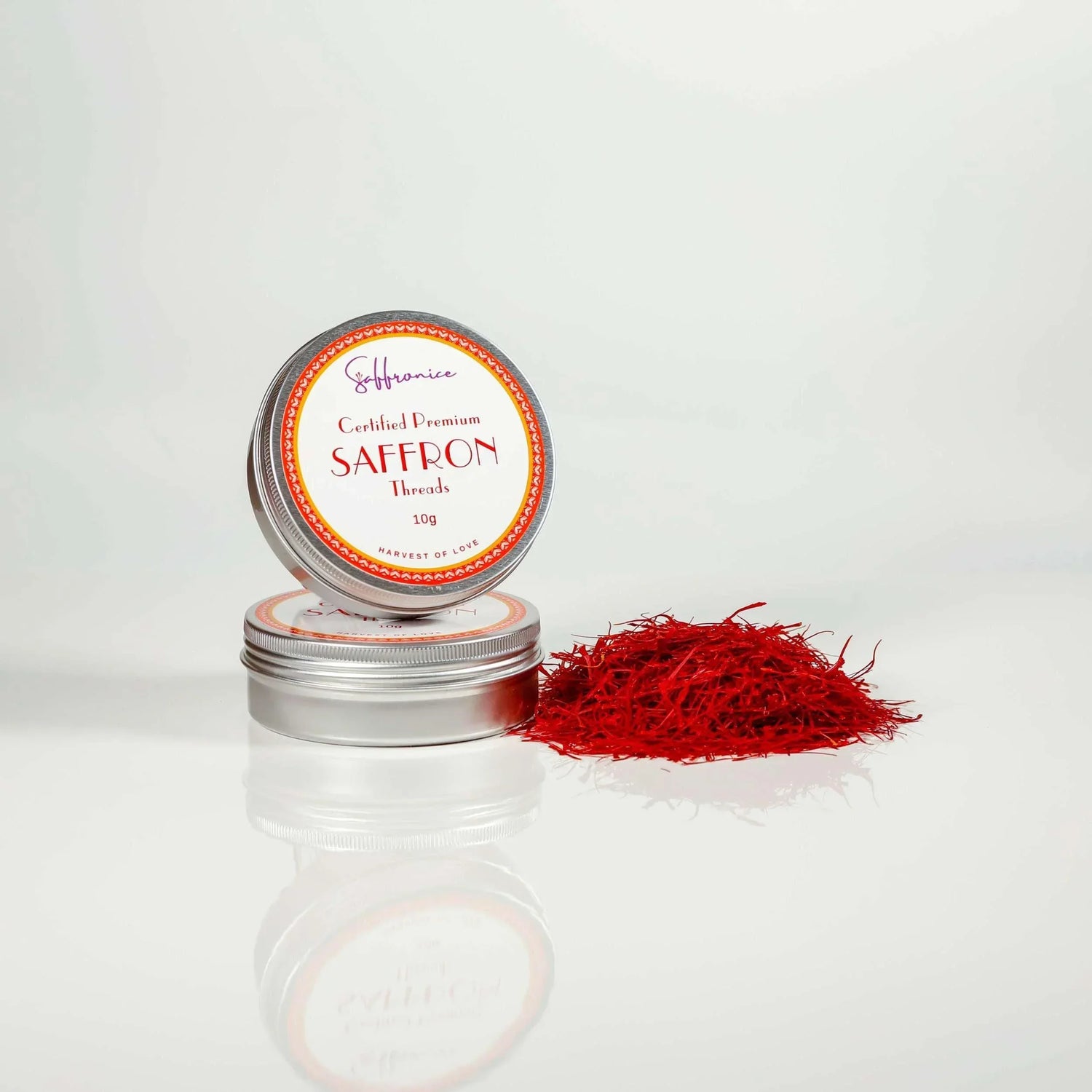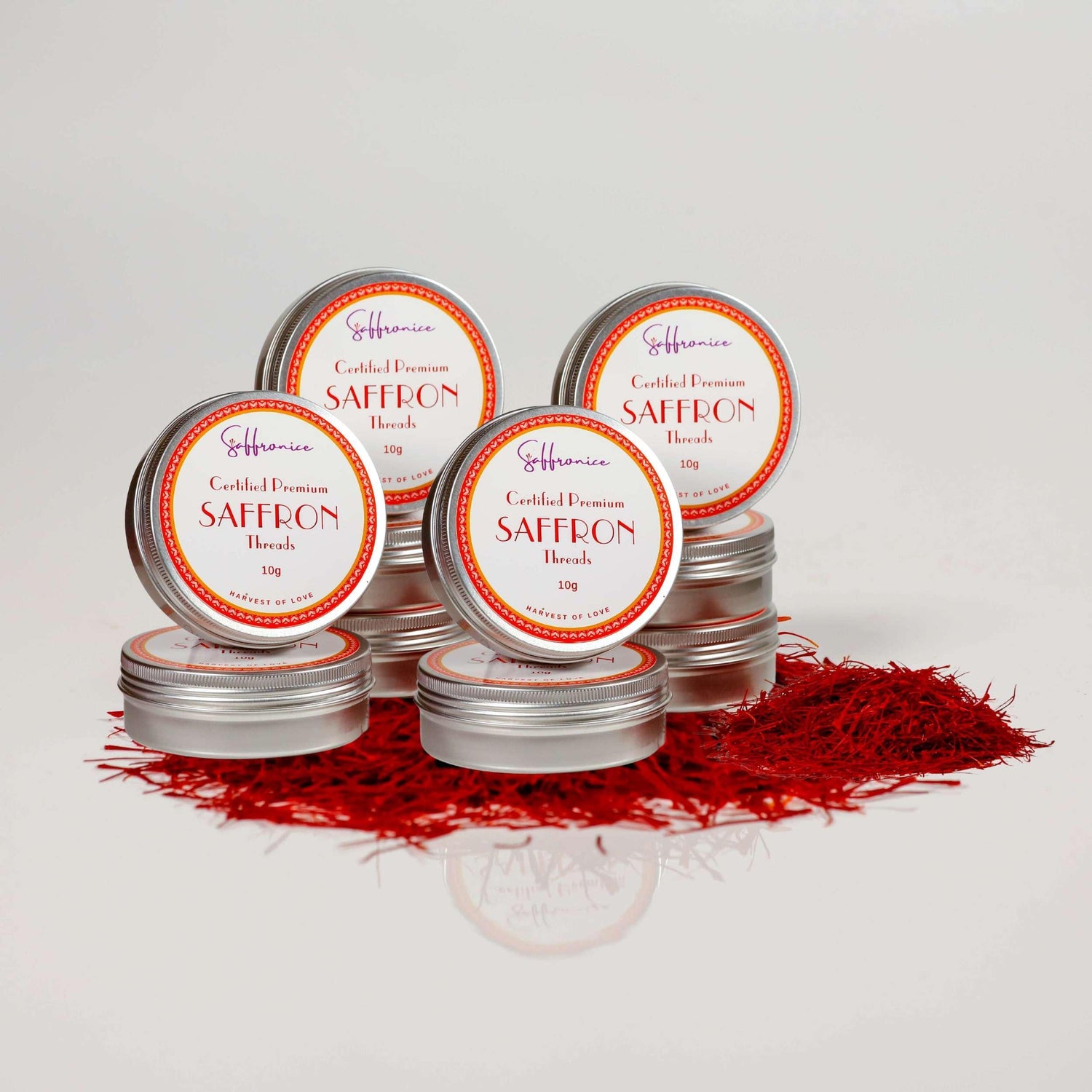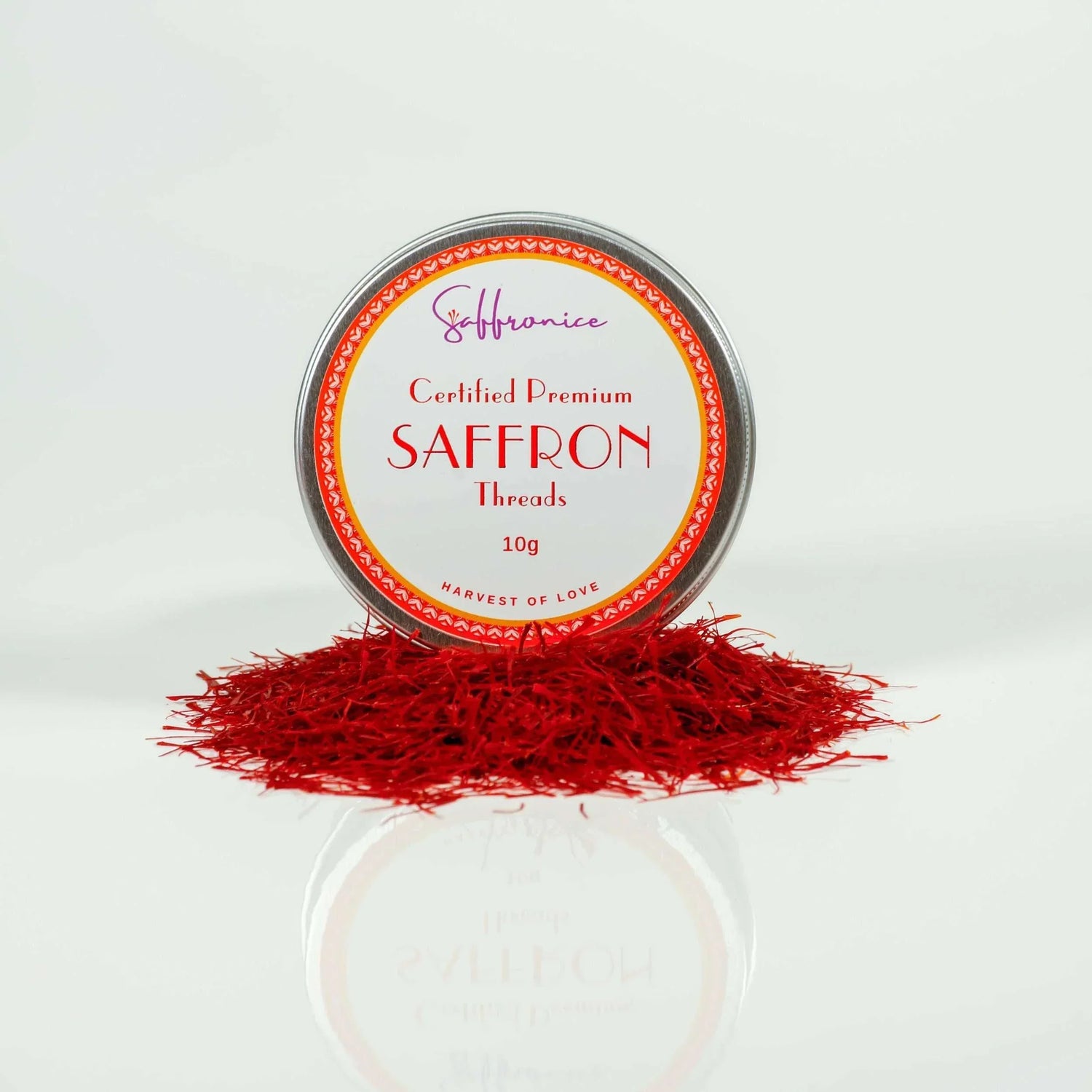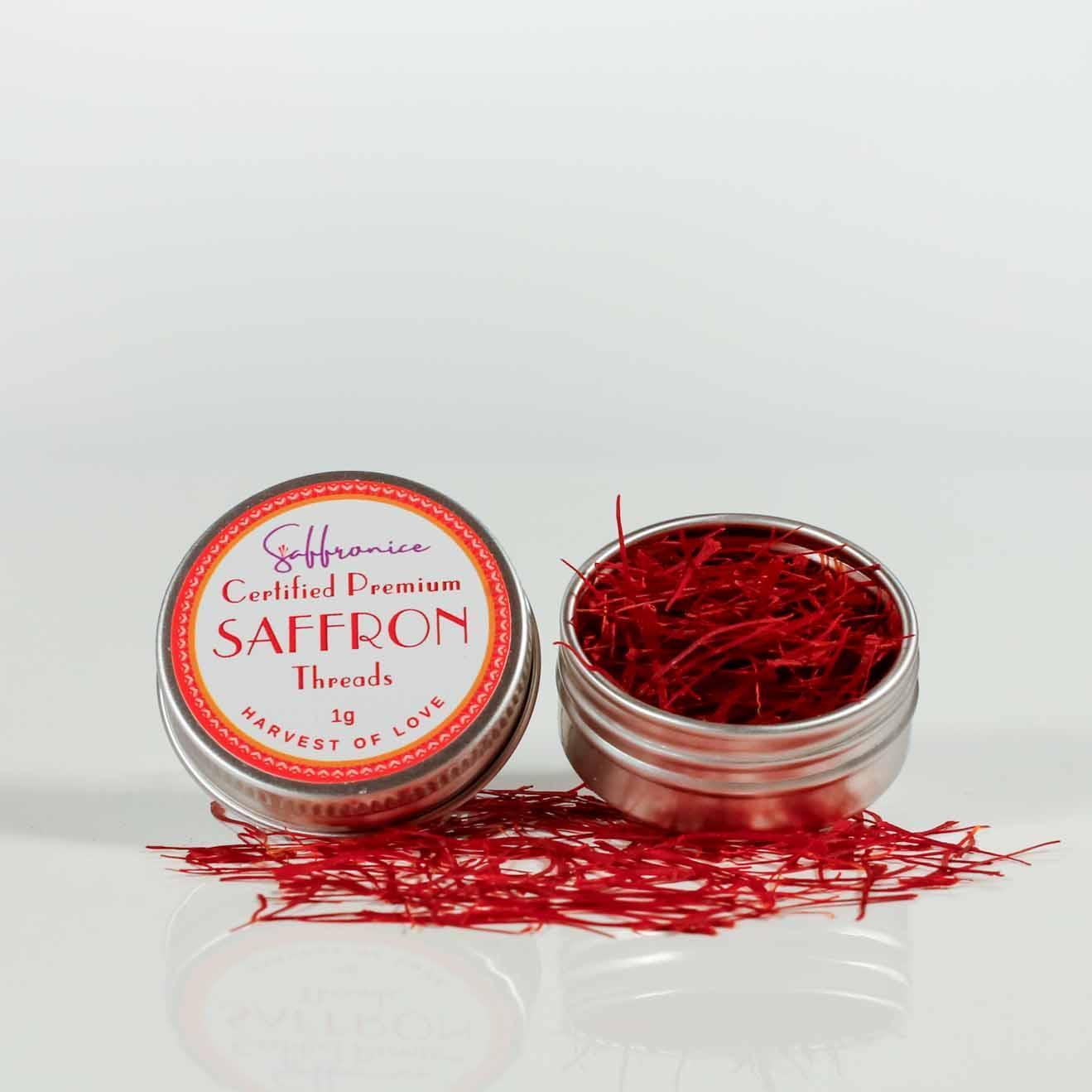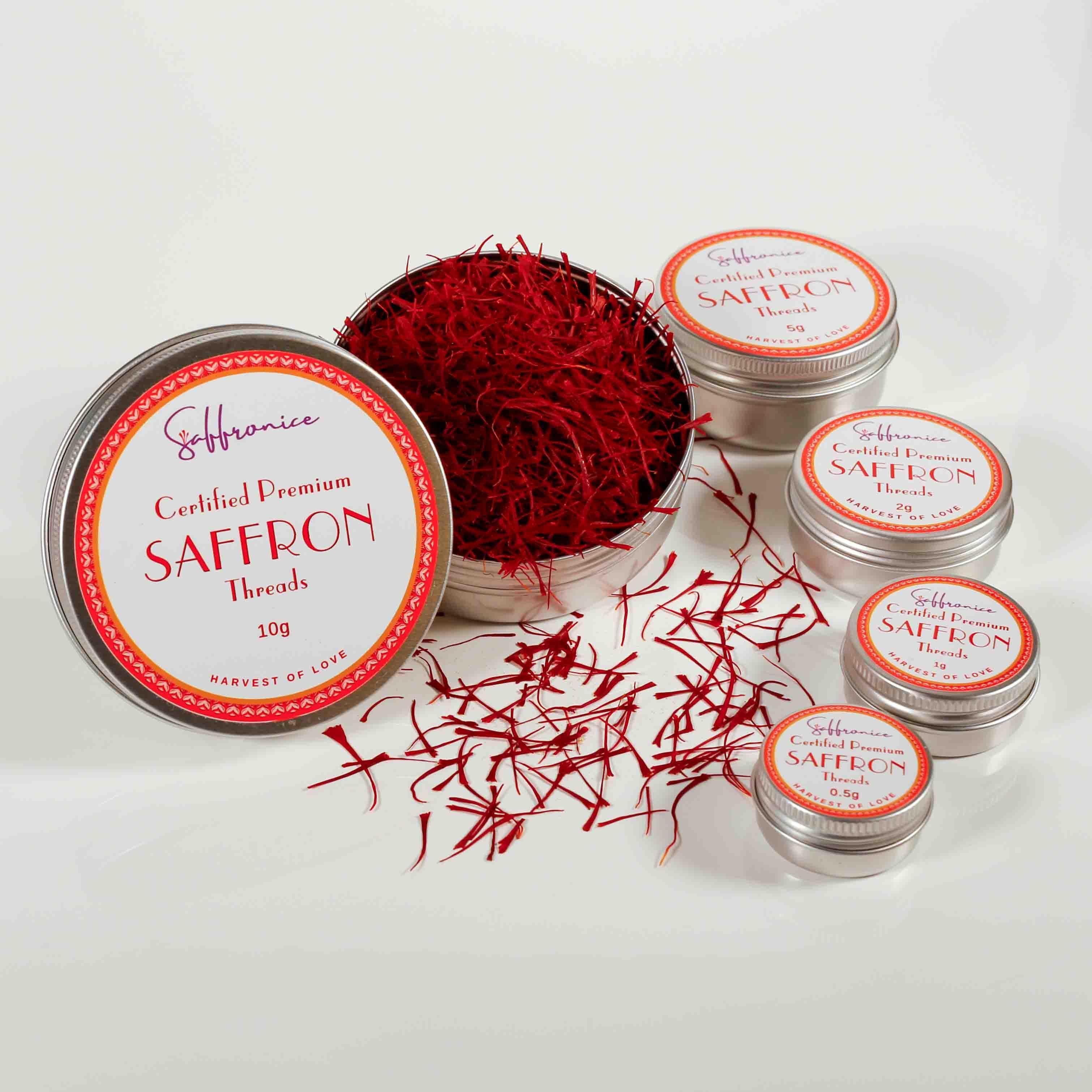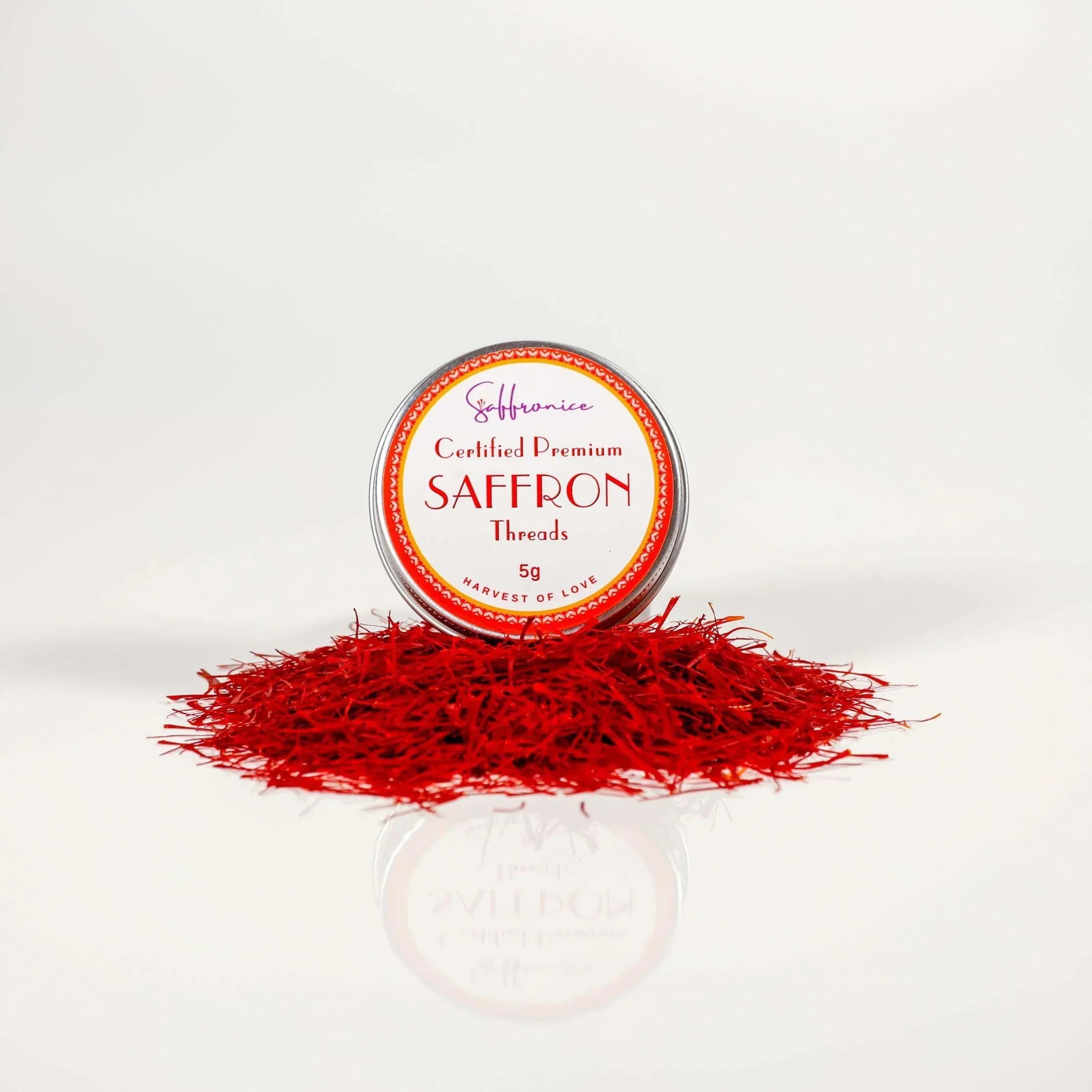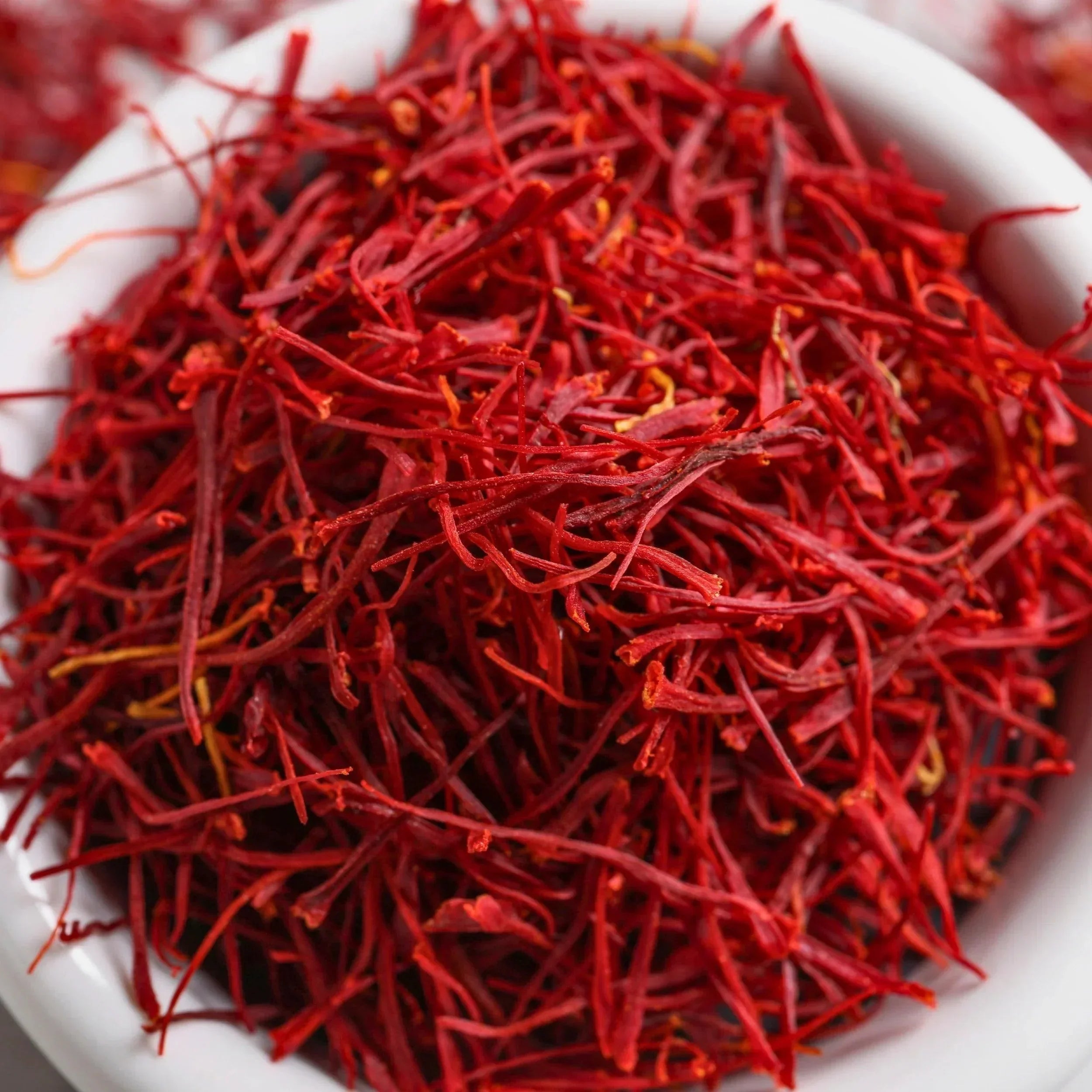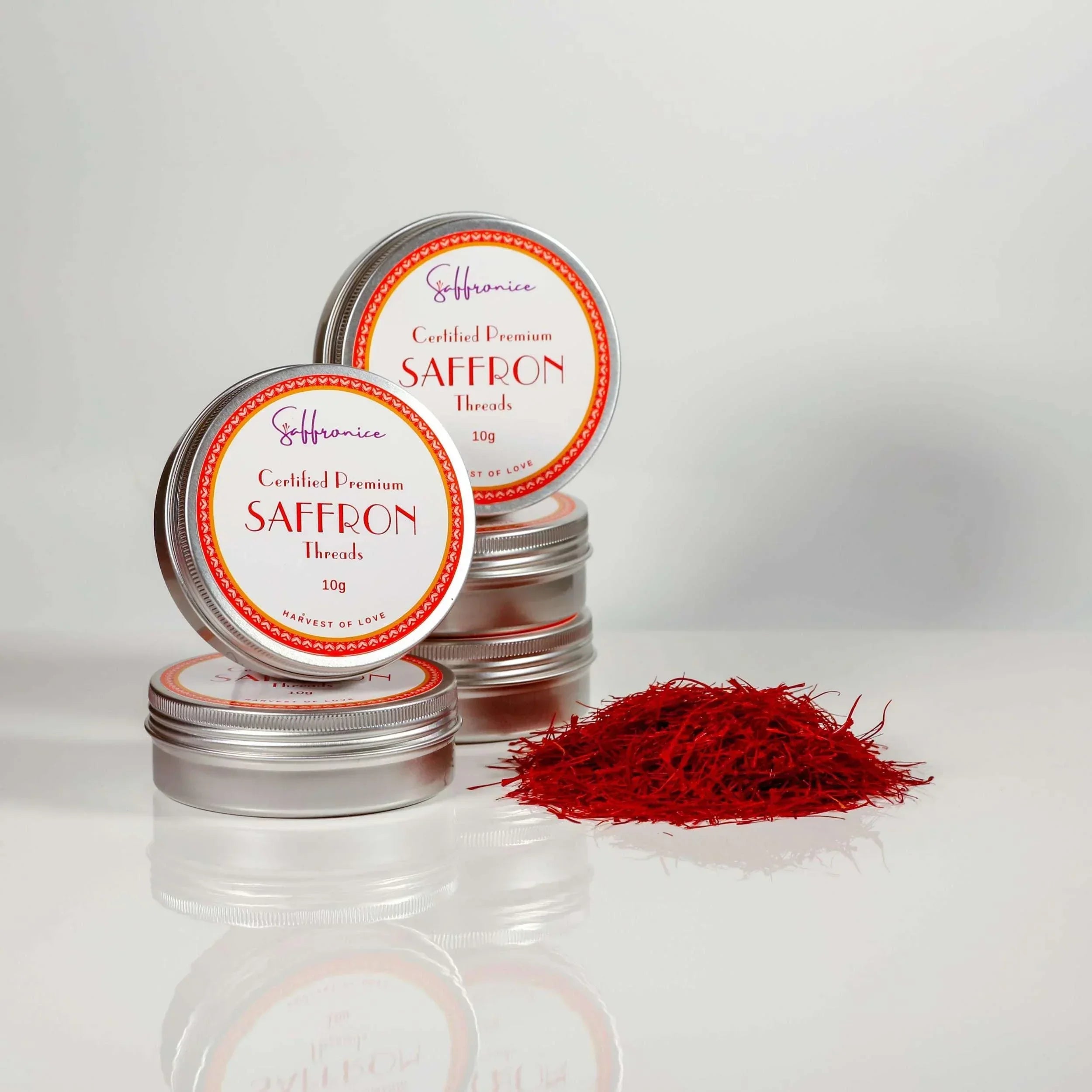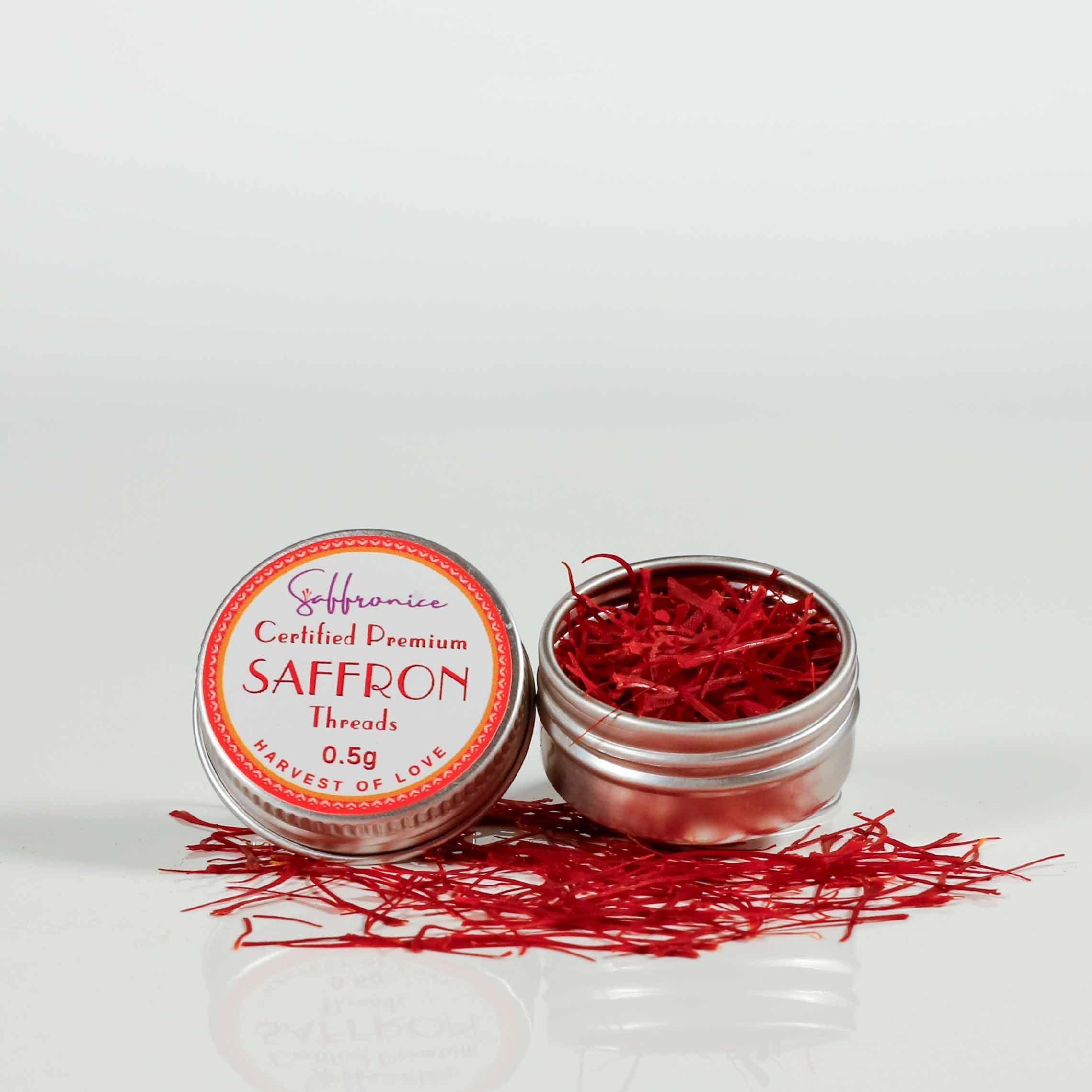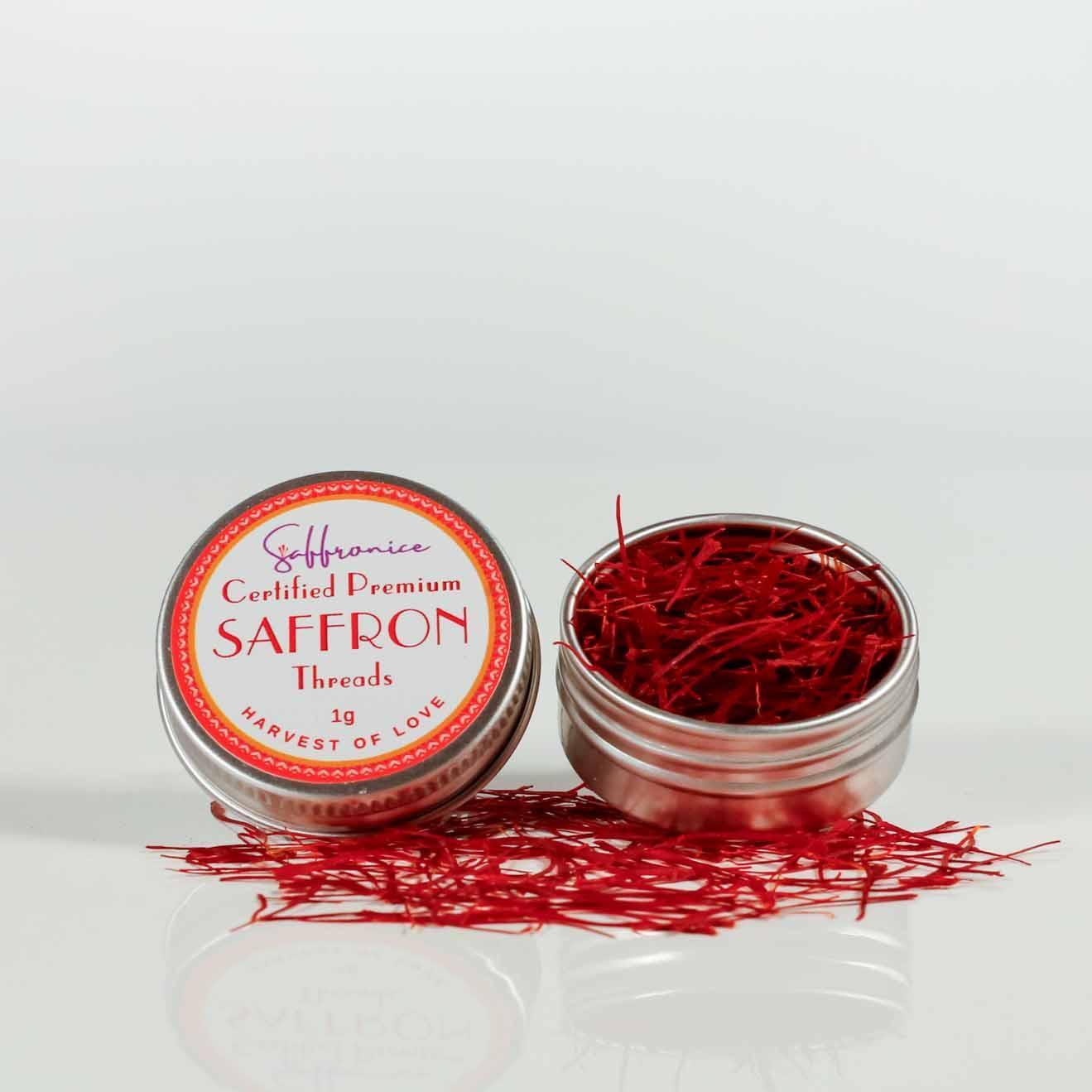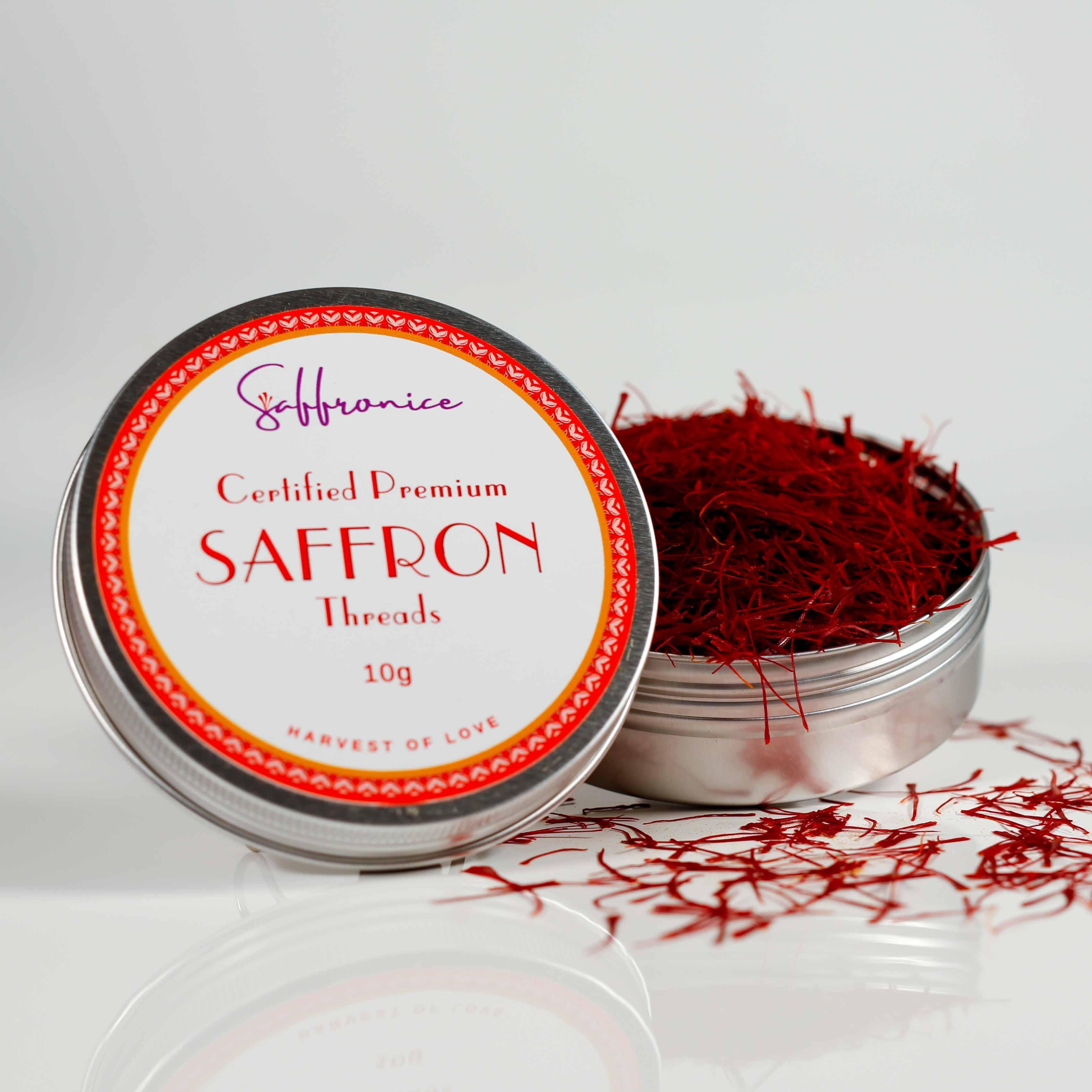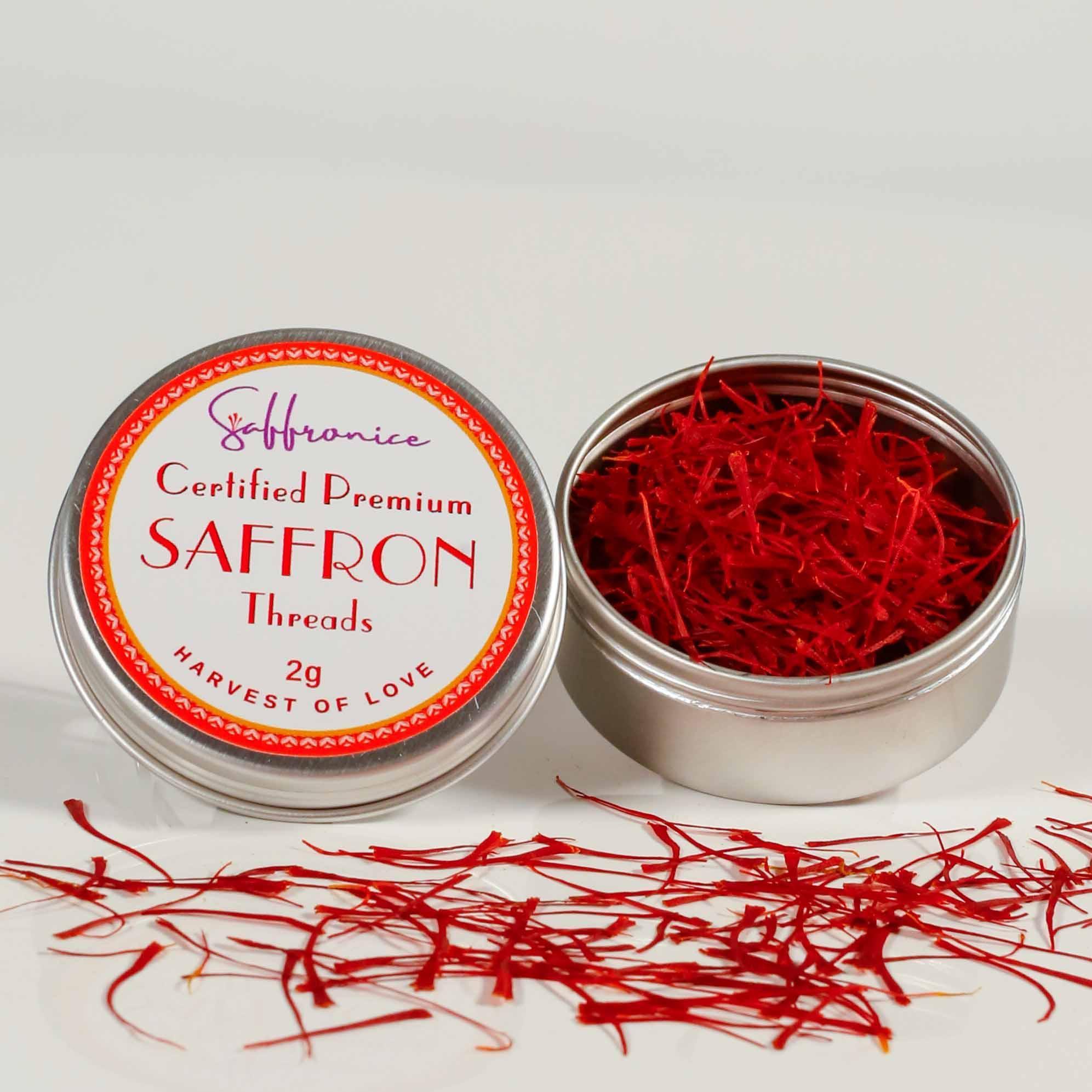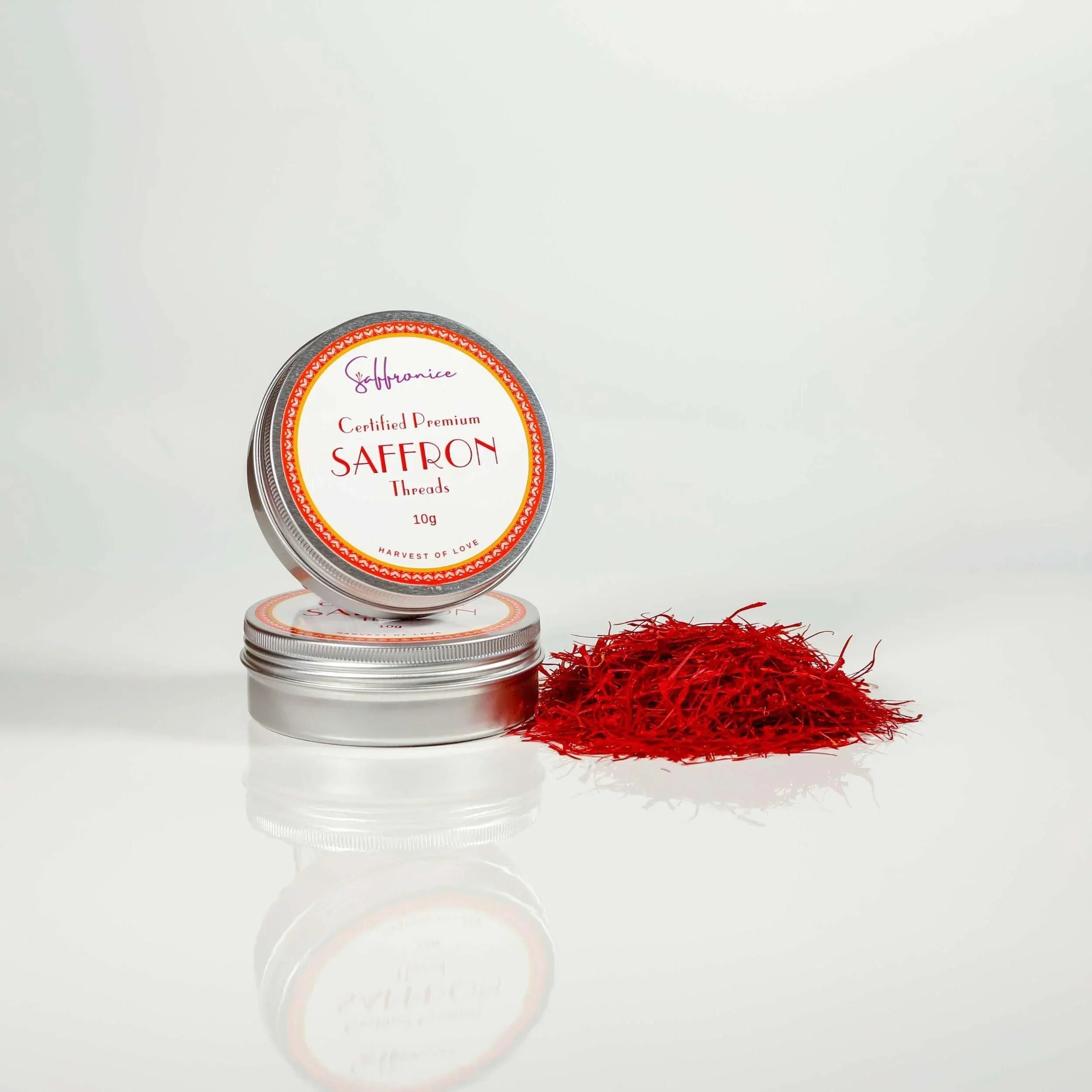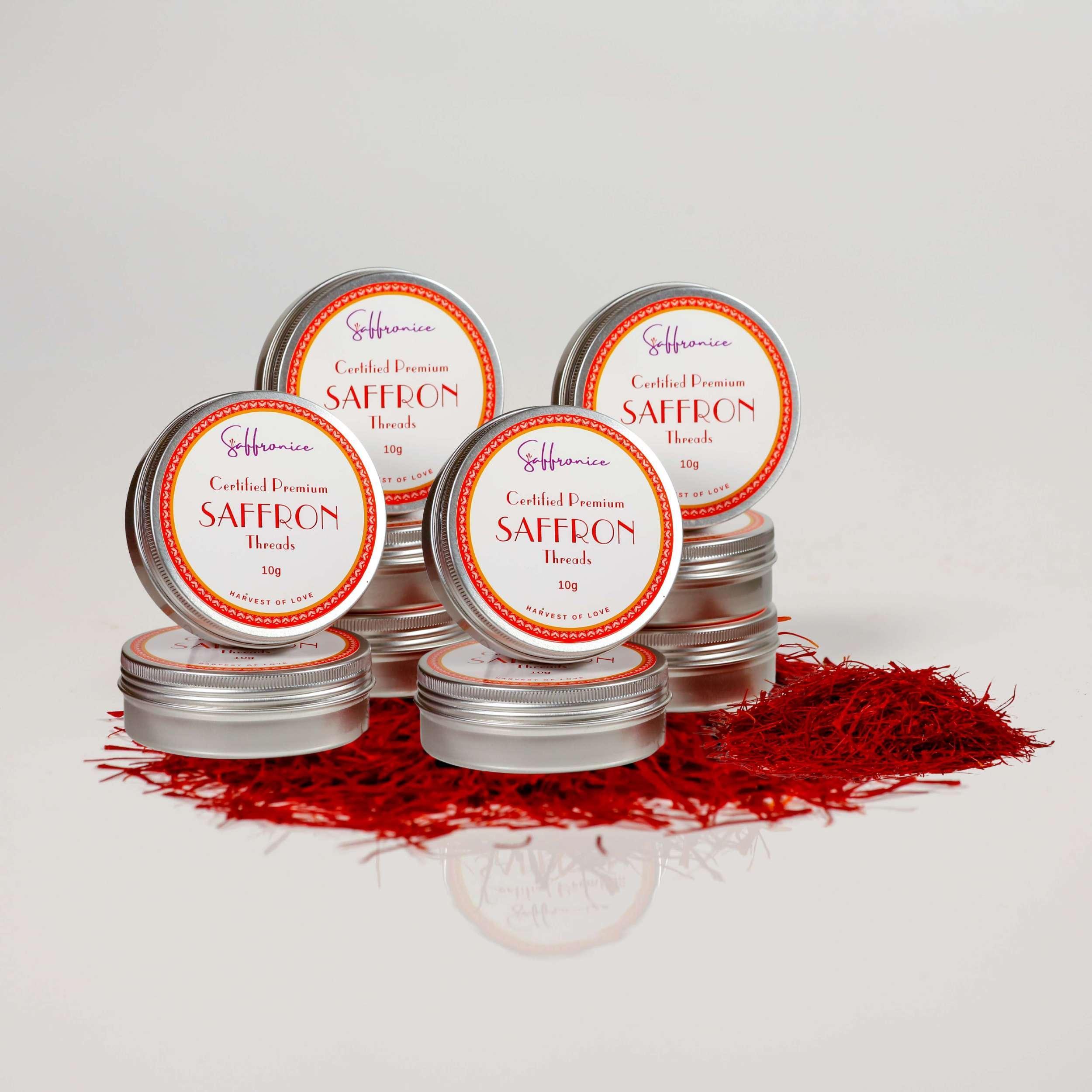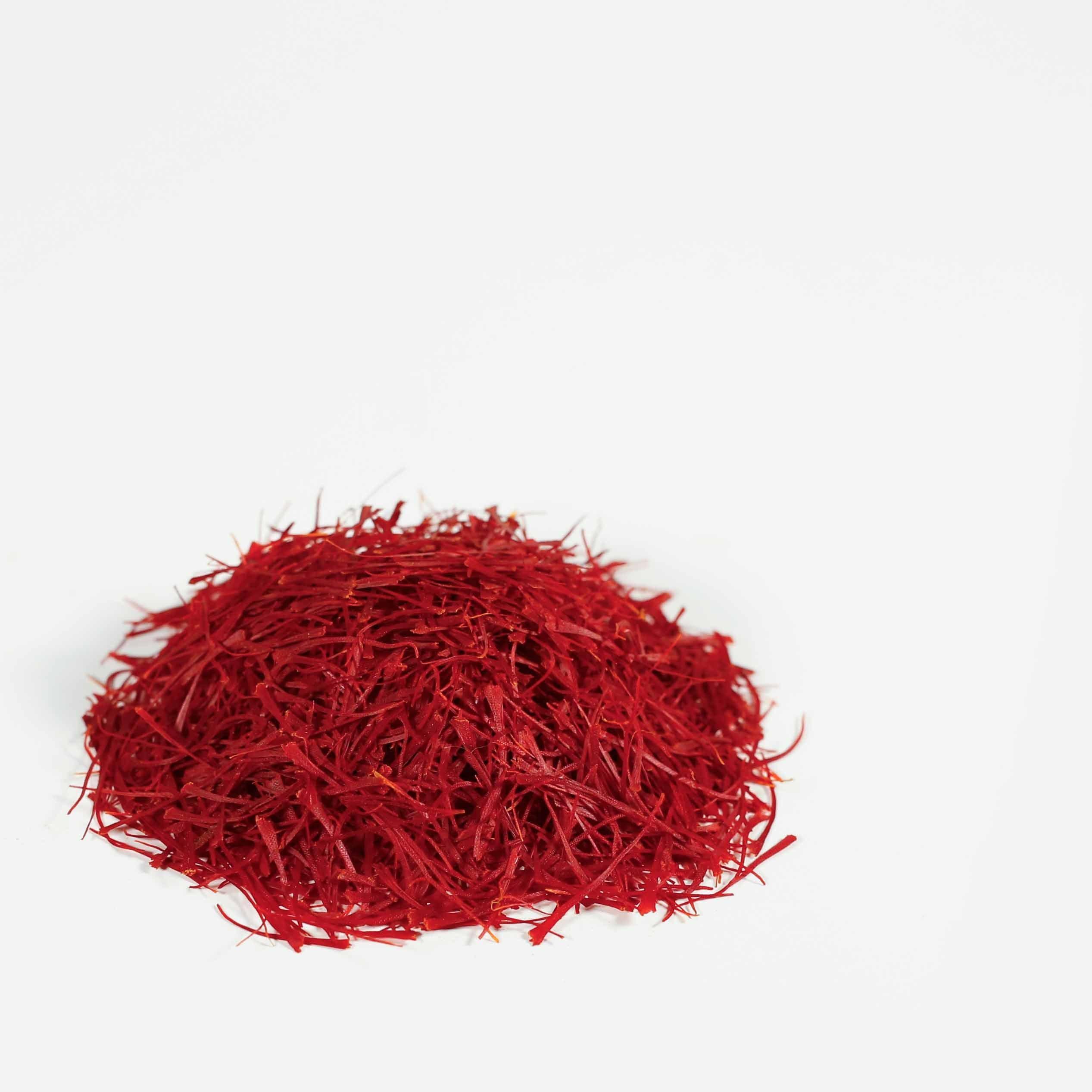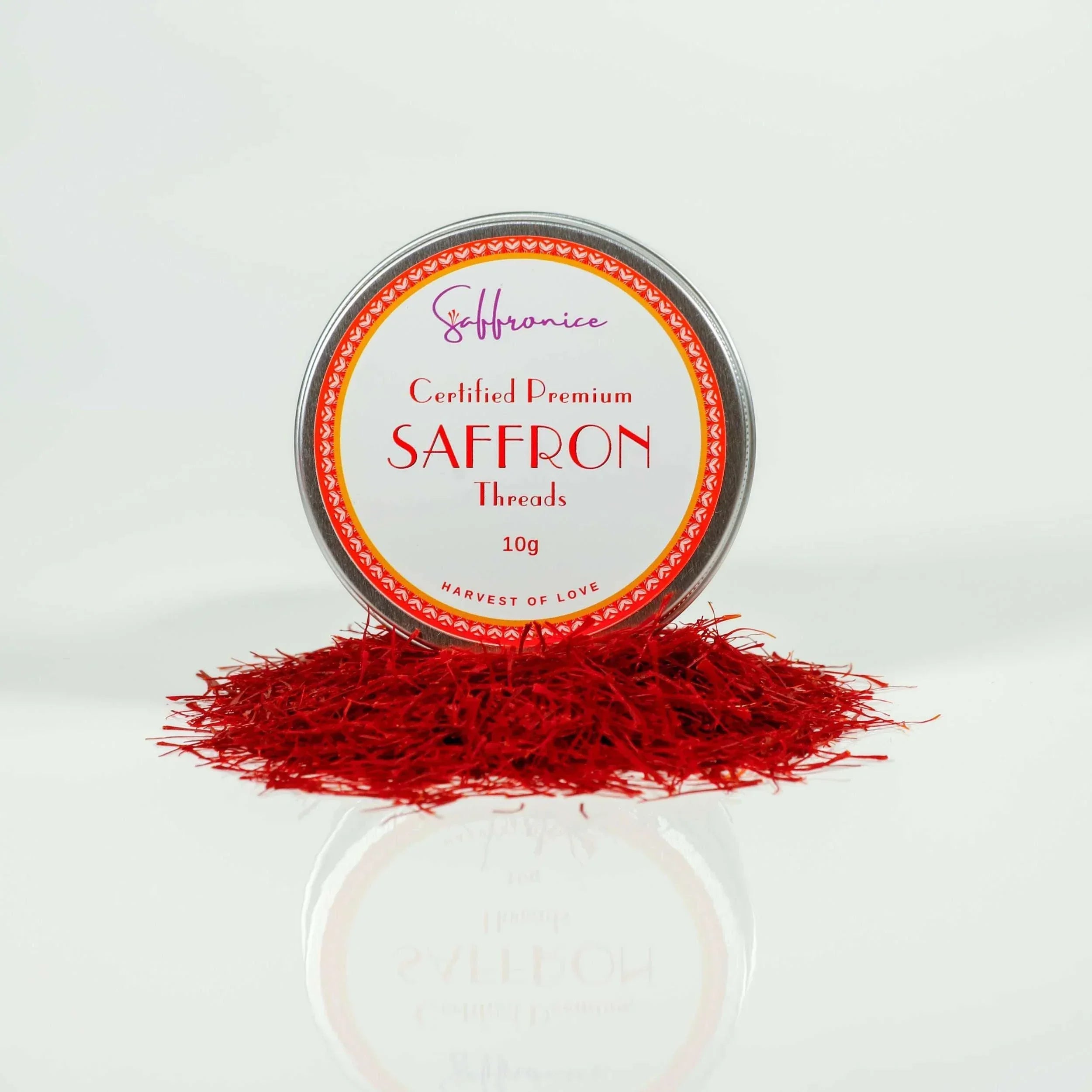Shirazi Salad: Your Go-To Healthy and Hydrating Summer Dish
Shirazi Salad is a popular dish in Persian cuisine, originating from Shiraz, Iran. This classic salad is loved for its delicious taste and straightforward recipe, making it a beloved choice in Persian homes for many years. More than just a side dish, it embodies the heart of Persian cooking that values using fresh, seasonal ingredients.

Why Shirazi Salad is the perfect summer dish:
High Water Content
Hydration: Cucumbers and tomatoes, primary ingredients in Shirazi Salad, are high in water content, aiding in hydration, which is crucial in hot weather (Maeda et al., 2017). Consuming water-rich foods helps maintain body fluid balance and prevent dehydration.
Cooling Effect: These vegetables have a cooling effect on the body due to their high water content and the act of chewing them.
Light and Easy to Digest
Digestibility: Shirazi Salad is light and easily digestible, reducing strain on the digestive system during the hotter months when heavy meals can feel taxing (Parker, 2019). The fiber content from the vegetables also aids in digestion, promoting a healthy gut.
Climate and Ingredients
Local Produce: Shiraz's special unique climate makes cucumbers, tomatoes, and onions readily available and affordable. These ingredients thrive in such conditions, making them staple foods in the region (Pérez-Llamas et al., 2020).
Summer Perfect
Refreshing Nature: These vegetables are cool and refreshing, ideal for combating summer heat. Their high water content hydrates you from within, and their crisp texture has a cooling effect.
Flavor and Health
Balance: The salad's ingredients offer a balance of textures and flavors—crunchy cucumbers, juicy tomatoes, and slightly sharp onions, complemented by fresh herbs like mint and parsley. This combination not only tastes good but also provides a range of nutrients and antioxidants (Nouri et al., 2018).
Simplicity: The beauty of Shirazi Salad lies in its simplicity. Each ingredient shines through individually, and together they create a well-rounded flavor profile that doesn't overpower other dishes.
The straightforward preparation and adaptability of the salad make it a versatile dish that can accompany various meals (Terry et al., 2020).
Nutritious: The vegetables in Shirazi Salad are packed with vitamins, minerals, and water. The herbs add antioxidants and other beneficial compounds(Gorji et al., 2015).
Light and Digestive: The salad is a healthy and light accompaniment to richer Persian meals, aiding digestion.

Cultural Significance
Freshness: Shirazi Salad reflects the importance of fresh, seasonal ingredients in Iranian cuisine.
Simplicity and Versatility: The ease of preparation and adaptability of the salad make it a staple in many Persian households.
Shirazi Salad reflects the importance of fresh, seasonal ingredients in Iranian cuisine, highlighting the cultural value placed on simplicity and versatility in cooking (Saberian et al., 2019).
Availability
Local Produce: The core ingredients—cucumbers, tomatoes, and onions—are all vegetables that grow well in Iran's hot, dry climate. This makes them readily available and affordable.
Seasonal Appeal: Shirazi Salad is particularly popular in the summer months. The cool, refreshing nature of the chopped vegetables is perfect for combating the heat.
Flavor Profile and Serving
Ingredients: The base of the salad is finely diced cucumbers, tomatoes, and onions. Fresh herbs like mint and parsley are often added for a vibrant flavor. Some variations might include diced bell peppers or other vegetables.
Dressing: Traditionally, the dressing uses Abe-Ghooreh, an unripe sour grape juice, for a tangy touch. Olive oil, salt, and sometimes lime juice are also used.
Serving: Shirazi Salad is a popular side dish that complements many Persian meals, especially rice and stews. It's a light and refreshing way to cleanse the palate between bites.
Historical and Modern Context
Modern Dish: It's a relatively modern dish, likely appearing after the introduction of tomatoes to Iran in the late 19th century.
Versatility: The simplicity of the ingredients makes it a very versatile salad. You can easily find variations online that include different vegetables or use lemon or lime juice instead of Ab Ghooreh.

Agricultural Landscape
- Shiraz Grapes: Shiraz grapes (also known as Syrah) are not typically grown near mountains with spring water sources or alongside vegetable and herb cultivation. They flourish in vineyards specifically designed for wine production.
- Regional Produce: The region is known for fruits that thrive in hot, dry climates like citrus fruits (including oranges, grapefruits, and lemons) and some drought-resistant herbs.
This versatile salad pairs seamlessly with various dishes like rice, stews, chicken, and steak, adding a nutritious and flavorful element to your meals. As with many types of salad recipes, you can customize Shirazi Salad to your taste by experimenting with different herbs and dressings. For those who enjoy exploring different types of salads, this tomato salad can be a delightful addition to your repertoire of summer salads.
Beyond its role as a side dish, Shirazi Salad's simple yet flavorful ingredients make it comparable to mixed greens or even fruit salad due to its lightness and refreshing qualities. Its rich history in Persian cuisine highlights how traditional recipes can offer modern-day health benefits while keeping our meals vibrant and varied.
Key Ingredients of Shirazi Salad: A Refreshing Blend
1. Cucumbers
Cucumbers are a fundamental ingredient in Shirazi Salad, offering a crisp texture and a refreshing taste that perfectly complements the summer season.
Health Benefits of Cucumbers
Incorporating cucumbers into your diet provides numerous health benefits:
- Hydration: Comprising about 95% water, cucumbers help keep you hydrated, which is essential during hot summer months.
- Low in Calories: A great option for those watching their calorie intake, cucumbers offer a satisfying crunch without adding extra calories.
- Rich in Nutrients: Packed with vitamins such as Vitamin K, Vitamin C, and several B vitamins, cucumbers contribute to overall health.
- Antioxidants: Contain antioxidants like beta-carotene and flavonoids that combat free radicals and reduce inflammation.
- Digestive Health: High fiber content aids in digestion and helps prevent constipation.
- By incorporating fresh vegetables like cucumbers into your salad recipes, you can enjoy vibrant in-season produce that elevates your meals. This versatile vegetable not only enhances green salads but also pairs well with a variety of other types of salads. Whether you're crafting a light tomato salad or exploring different summer salads from various cuisines, cucumbers remain a staple ingredient that adds both flavor and nutritional value. Experimenting with different dressings can further customize your salad to fit your taste preferences.
Incorporating Cucumbers for a Refreshing Crunch
The type of cucumber you choose can make a significant difference:
- Persian Cucumbers: These small, thin-skinned cucumbers are ideal due to their crisp texture and fewer seeds. They don’t require peeling, making them convenient to use.
- English Cucumbers: With a milder flavor and fewer seeds than common cucumbers, they also work well for Shirazi Salad. Peeling may be optional depending on your preference.
To incorporate cucumbers effectively:
- Dice Uniformly: Ensure all pieces are evenly cut to maintain consistency in each bite.
- Keep It Cold: Chill the cucumber before dicing to enhance its refreshing qualities.
- Season Lightly: A touch of salt can heighten the natural flavors without overpowering the dish.
By choosing the right type of cucumber and preparing it thoughtfully, you ensure that your Shirazi Salad has that signature refreshing crunch. The next key ingredient we'll explore is tomatoes—another vital component that brings color and juiciness to this delightful dish.Cucumbers provide a crisp texture and refreshing taste. They are about 95% water, helping keep you hydrated and offering various nutrients like vitamins K and C (Maeda et al., 2017)

2. Tomatoes
Tomatoes are an essential ingredient in Shirazi Salad, giving it its bright color and juicy texture. They are also packed with nutrients, making them a healthy addition to any meal and a staple in many summer salads.
Nutritional Benefits of Tomatoes
- Rich in Vitamins: Tomatoes are a great source of vitamins A, C, and K, which are important for immune function, skin health, and bone strength.
- Antioxidants: They contain high levels of lycopene and beta-carotene, powerful antioxidants that help protect the body against damage from free radicals.
- Hydration: With their high water content, tomatoes can also contribute to your daily hydration needs.
Choosing Ripe and Juicy Tomatoes for the Salad
To ensure that your Shirazi Salad is bursting with flavor, follow these tips for selecting ripe and juicy tomatoes:
- Look for Firmness: Choose tomatoes that are firm to the touch but still slightly yielding.
- Check for Ripeness: Look for tomatoes that have a deep red color, as this usually indicates that they are ripe and sweet.
- Smell Test: Give the tomatoes a sniff at the stem end—they should have a pleasant, sweet aroma.
By using ripe and juicy tomatoes in your salad recipes, you'll be able to enjoy the full freshness and flavor of this delicious dish. Shirazi Salad is part of a rich cuisine tradition that embraces various types of green salads, slaws, pasta salads, potato salad, fruit salad, grain salad, bean and lentil salad, and mixed greens. Experimenting with different variations and seasonal produce can make your tomato salad a vibrant in-season produce delight. Whether you're exploring the history of traditional dishes or creating new twists with unique dressings and sauces, incorporating vegetables like tomatoes can elevate your summer salads to new heights.
Tomatoes add color and juiciness to the salad. They are rich in vitamins A, C, and K and contain antioxidants like lycopene, which protect against cellular damage (Pérez-Llamas et al., 2020).
3. Onions
Onions play a crucial role in Shirazi Salad, adding depth and complexity to its flavor profile. The choice of onions can significantly influence the salad's taste and texture.
Exploring Different Types of Onions to Use
- Red Onions: Known for their mild and slightly sweet flavor, red onions are a popular choice for Shirazi Salad. They add a vibrant color contrast to the green cucumbers and red tomatoes. Red onions also have a slightly lower sulfur content compared to other types, making them less likely to cause tears when cutting.
- White Onions: These offer a sharper and more pungent taste compared to red onions. They provide a crisp texture and are excellent for those who prefer a more intense onion flavor. White onions are often used in Mexican cuisine and can bring a zingy bite to your salad that stands out.
- Yellow Onions: A balanced option with moderate sharpness, yellow onions can be used if you want an all-rounded onion taste without overpowering the other fresh ingredients. They have a high sugar content which makes them great for caramelizing, but when used raw in salads, they offer a perfect blend of sweetness and bite.
- Green/Spring Onions: Also known as scallions, these onions have a milder taste and softer texture. Both the white and green parts can be used in the salad, providing different levels of flavor intensity. Green onions add a subtle onion flavor without overwhelming the palate, making them ideal if you prefer a lighter touch.
Pro Tip: For an extra layer of complexity, consider combining different types of onions in your Shirazi Salad. This approach adds depth and variety to each bite, enhancing the overall dining experience.
Onions add depth to the salad. Red onions are popular for their mild flavor and vibrant color, while white and yellow onions offer sharper tastes. Marinating onions in lime juice can mellow their flavor (Saberian et al., 2019).
Enhancing Flavors with Raw or Marinated Onions
- Raw Onions: Using raw onions retains their natural crunch and sharpness, enhancing the overall freshness of the Shirazi Salad.
- Marinated Onions: Marinating onions in lime juice or vinegar can mellow their sharpness while infusing them with additional tangy flavors. This method not only enhances the taste but also makes the onions easier to digest.
Incorporating different types of onions allows you to customize your Shirazi Salad to suit your palate, making it an adaptable dish that highlights the versatility of Persian cuisine.
Seasonal Variations and Pairings
Shirazi Salad is part of a rich tradition that embraces various types of salads such as green salads, slaws, pasta salads, potato salad, fruit salad, grain salad, bean and lentil salad, and mixed greens. By experimenting with seasonal produce like ripe tomatoes or vibrant in-season vegetables, you can create refreshing summer salads that highlight the best of what each season has to offer.
Dressing Options
Enhance your Shirazi Salad with various dressing options to suit different tastes and occasions. Here are some suggestions:
- Simple Vinaigrettes: A classic choice that involves combining olive oil, lemon juice, salt, and pepper. This dressing keeps your salad light and allows the natural flavors of the vegetables to shine.
- Persian Infusions: Elevate your Shirazi Salad with traditional Persian ingredients. For example:
- Saffron Dressing: Mix saffron threads with warm water to release their flavor, then blend with olive oil, lemon juice, and a pinch of salt. This adds an exotic touch and a subtle golden hue to your salad.
- Pomegranate Molasses Vinaigrette: Combine pomegranate molasses, olive oil, and a bit of honey for sweetness. This dressing introduces a tangy and slightly sweet profile that's unique yet complementary.
- Date Balsamic Vinegar: Incorporate date balsamic vinegar for a rich, complex flavor. The natural sweetness of dates pairs well with the acidity of balsamic vinegar, creating a balanced taste that enhances the overall experience of your Shirazi Salad.
How to Enhance Your Salad Dressing:
- Herbs: Incorporate fresh herbs like basil, oregano, or mint to infuse your vinaigrette with aromatic flavors.
- Spices: Experiment with different spices such as cumin or paprika for an added layer of complexity.
- Saffron: We suggest trying saffron to increase the nutritional value of this dressing. Soak a few saffron threads in warm water to release their vibrant color and unique flavor before mixing them in.
This dressing keeps your salad light and allows the natural flavors of the vegetables to shine.
Feel free to experiment with these dressings or create your own variations by incorporating fresh herbs like mint or cilantro. The right dressing can transform a simple salad into a memorable dish that's both delicious and nutritious, perfectly complementing mixed greens, vibrant in-season produce, or even seasonal produce. Whether you're making green salads, pasta salads, slaws, potato salad, grain salad, bean and lentil salad, or fruit salad, exploring different types of dressings can highlight the ingredients and elevate your salad recipes. Understanding the history and diversity of salad dressings across various cuisines adds depth and appreciation for this versatile component.
Historical Context
Exploring the history of traditional dishes like Shirazi Salad allows us to appreciate the intricate balance of ingredients and flavors that define Persian cuisine. Whether you're creating new twists with unique sauces or sticking to authentic recipes, incorporating fresh vegetables ensures a delicious and nutritious meal.
By using ripe and juicy tomatoes in your tomato salad recipes, you'll enjoy a full burst of freshness. This versatile dish celebrates both authenticity and adaptability, making it perfect for any occasion.
Herbs: The Green Essence of Shirazi Salad
Herbs are an essential part of Persian cooking, adding flavor and a burst of freshness to dishes. And when it comes to Shirazi Salad, herbs are the star ingredient that takes it to another level in terms of taste and nutrition.
1. Mint: A Versatile Herb with Cooling Properties
Mint is a must-have in Persian cuisine. It's known for its cooling properties, which not only help to cleanse the palate but also bring a unique fragrance to Shirazi Salad. With its mild sweetness and subtle hint of spice, mint perfectly complements the crunchy cucumbers and juicy tomatoes in this salad.Mint adds a cooling effect, and parsley contributes vitamins A, C, and K, as well as antioxidants (Gorji et al., 2015).
2. Parsley: Adding Freshness and Nutrients to the Salad
Another herb that plays a key role in enhancing the flavors of Shirazi Salad is parsley. Packed with vitamins A, C, and K, parsley not only adds a nutritional boost to the salad but also contributes to its vibrant green color. Its slightly bitter taste works harmoniously with the other ingredients, ensuring that every bite is both delicious and nourishing.
By including these flavorful herbs in your Shirazi Salad, you're guaranteed a dish that is not only tasty but also brimming with health benefits – making it an ideal choice for any summer dining occasion.
Dressing it Right: From Simple Vinaigrette to Persian Infusions
A well-balanced dressing elevates the Shirazi Salad, enhancing its fresh and vibrant flavors. The classic dressing for this salad is a simple yet refreshing citrusy vinaigrette made with olive oil and lime juice.
Making Your Own Citrusy Vinaigrette
To create this dressing:
Ingredients
- 3 tablespoons of olive oil
- Juice of one lime (about 2 tablespoons)
- Salt to taste (approximately 1/2 teaspoon)
- pinch of Saffron
- pinch of black paper
Instructions
- In a small bowl, whisk together the olive oil and lime juice.
- Add salt gradually while continuing to whisk until fully dissolved.
- Taste and adjust the salt or lime juice according to your preference.
This citrusy vinaigrette provides a zesty brightness that complements the crisp cucumbers, juicy tomatoes, and pungent onions.
A simple vinaigrette made with lime juice and olive oil enhances the salad's flavors. For a Persian twist, a saffron-infused dressing adds an aromatic complexity (Terry et al., 2020)
Exotic Twist: Persian Saffron Dressing
For those looking to add an exotic twist, consider incorporating a Persian Saffron Dressing. This luxurious addition introduces a rich depth of flavor that is both unique and delightful.
Ingredients
- A pinch of saffron threads
- 3 tablespoons of hot water
- 3 tablespoons of olive oil
- Juice of one lime
- Salt to taste
Instructions
- Steep the saffron threads in hot water for about 10 minutes until the water turns a deep golden color.
- Combine the saffron infusion with olive oil, lime juice, and salt in a bowl.
- Whisk thoroughly to blend all ingredients.
The Persian Saffron Dressing brings an aromatic complexity that pairs beautifully with the traditional components of Shirazi Salad. Experimenting with these dressings can transform your salad into a culinary masterpiece.
The Art of Crafting the Perfect Shirazi Salad: Recipe and Variations
Authentic Shirazi Salad Recipe with a Step-by-Step Guide
Creating an authentic Shirazi Salad requires fresh ingredients and a few simple steps:
Ingredients:
- 2 medium cucumbers, finely diced
- 3 medium tomatoes, finely diced
- 1 small red onion, finely diced
- 1/4 cup fresh mint, chopped
- 1/4 cup fresh parsley, chopped
- Juice of 2 limes
- 3 tablespoons olive oil
- Salt and pepper to taste
Instructions:
- Dice cucumbers, tomatoes, and onions into small, uniform pieces.
- Combine the diced vegetables in a large mixing bowl.
- Add chopped mint and parsley to the vegetable mixture.
- In a small bowl, whisk together lime juice, olive oil, salt, and pepper.
- Pour the dressing over the salad and toss to combine.
Customising the Salad to Your Taste
Shirazi Salad is versatile. Adjust the recipe to suit your preferences:
- Add Saffron: Incorporate saffron for a unique flavor and a touch of vibrant color. Known for its use in herbal medicine, saffron offers numerous health benefits, making it a valuable addition to your Shirazi Salad.
- Add Protein: Incorporate grilled chicken or chickpeas for additional protein.
- Spice It Up: Include a pinch of chili flakes or finely chopped jalapeños for heat.
- Extra Herbs: Experiment with dill or cilantro for a different flavor profile.
- Different Acids: Swap lime juice with lemon juice or vinegar for varied acidity.
- Mixed Greens: Mix in some vibrant in-season produce like arugula or spinach for added texture and nutrients.
This flexibility allows you to create a unique version of Shirazi Salad each time you prepare it, making it one of the most adaptable salad recipes in Persian cuisine. Whether you prefer traditional ingredients or enjoy experimenting with different types of vegetables and dressing variations, your Shirazi Salad can be a reflection of your personal taste and creativity. Explore the history behind this dish and let it inspire you to craft a salad that suits your palate perfectly.
Enjoy a Slice of Summer with Healthy and Refreshing Shirazi Salad
Experience the vibrant flavors and textures of Persian cuisine with Shirazi Salad. This dish brings together crisp cucumbers, juicy tomatoes, and zesty onions, creating a symphony of tastes that dance on your palate. The herbs and citrusy dressing elevate the salad to new heights, making each bite an explosion of freshness.
Embrace the season's bounty with a bowl of freshness. Shirazi Salad encapsulates the essence of summer, providing a healthy, hydrating option that complements any meal. Whether paired with rice, stews, chicken, or steak, this salad offers versatility and nutrient-rich goodness. Enjoy it immediately or store it in the fridge for a quick and delightful addition to your dining table.
Indulge in this healthy salad and let the flavors of Persian cuisine transport you to a world where every meal is a celebration of nature's finest ingredients.
Conclusion
Shirazi Salad is not only a refreshing and hydrating summer dish but also a nutritionally rich option that embodies the principles of Persian cuisine. Its versatility, simplicity, and health benefits make it an ideal addition to any meal, particularly during the hot summer months.
References
- Gorji, M., Najafi, F., Tavakoli, A., & Yazdanpanah, G. (2015). The role of herbs in traditional Persian cuisine. Iranian Journal of Public Health, 44(5), 647-654.
- Maeda, E., Yamada, S., & Tanaka, T. (2017). Hydration status and fluid intake in the Japanese population. Journal of Nutritional Science and Vitaminology, 63(Supplement), S11-S15.
- Nouri, M., Zare, S., & Aliabadi, M. (2018). Antioxidant properties and health benefits of fresh herbs. Journal of Medicinal Plants Research, 12(2), 112-118.
- Parker, R. (2019). Digestive health: The impact of diet and lifestyle. Journal of Gastroenterology and Hepatology Research, 8(5), 2892-2897.
- Pérez-Llamas, F., Delgado, A. M., & López-Miranda, J. (2020). Nutritional properties of tomatoes and their importance in human health. Food Science and Nutrition, 8(2), 451-460.
- Saberian, M., Mohammadi, A., & Ardestani, M. S. (2019). Persian culinary traditions and their health benefits. Journal of Ethnic Foods, 6(2), 87-94.
- Terry, R., Posner, T., & Carter, R. (2020). The versatility and adaptability of traditional Persian salads. International Journal of Gastronomy and Food Science, 21, 100225.
Van Gossum, A., Cabre, E., & Hébuterne, X. (2016). Hydration and nutrition: A vital connection. Clinical Nutrition, 35(6), 1238-1244.
Learn more authentic recipes made with saffron in them.


